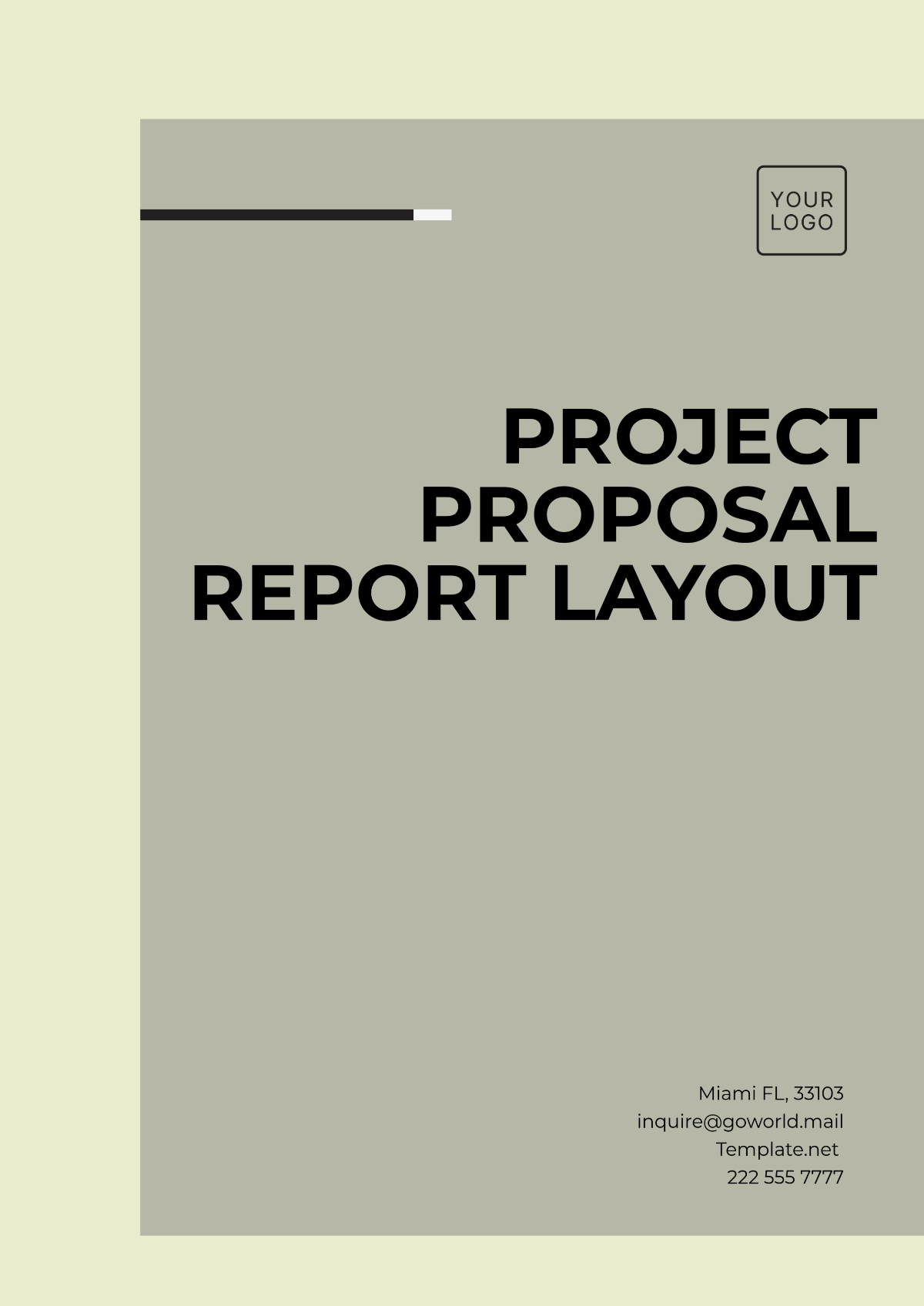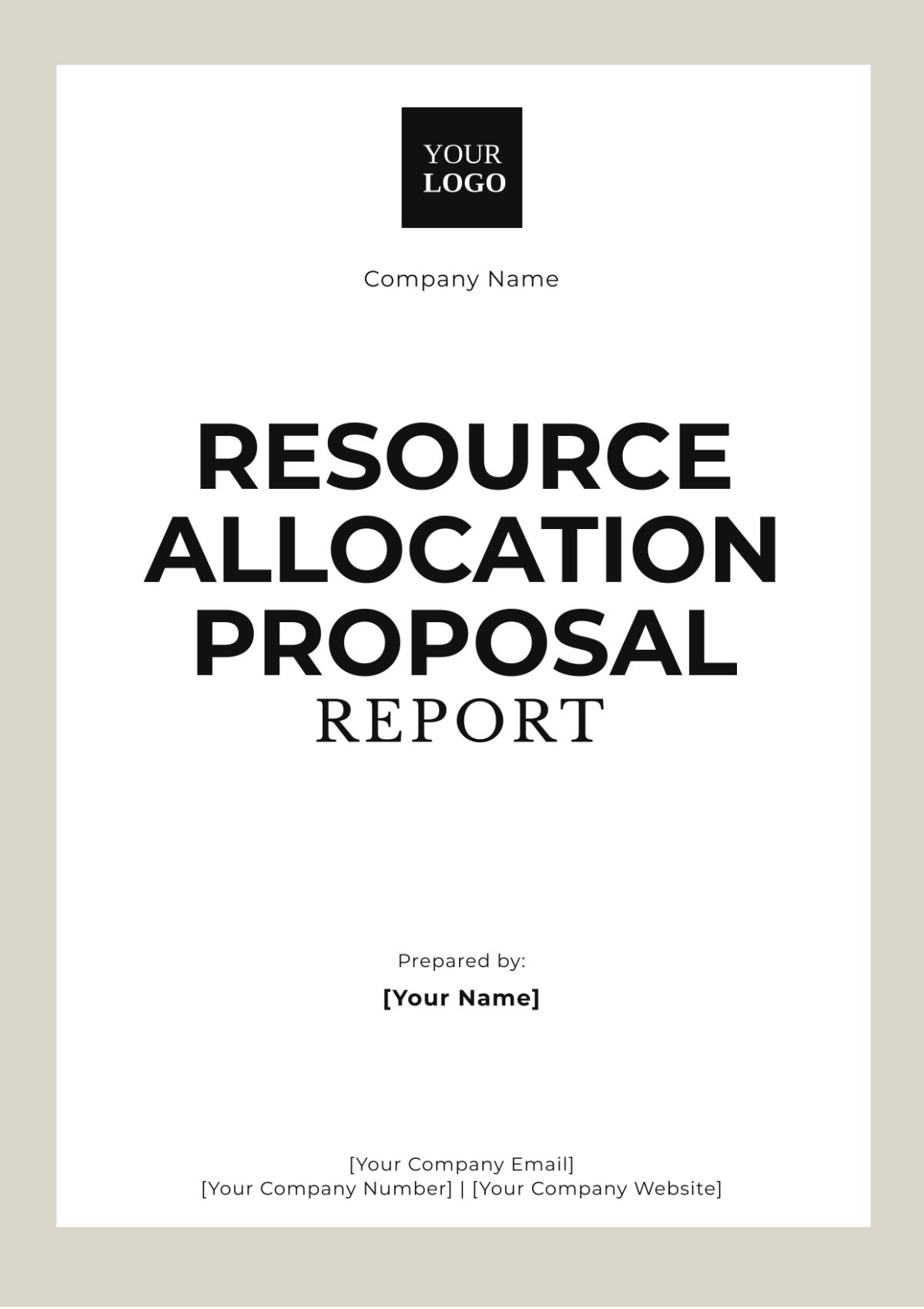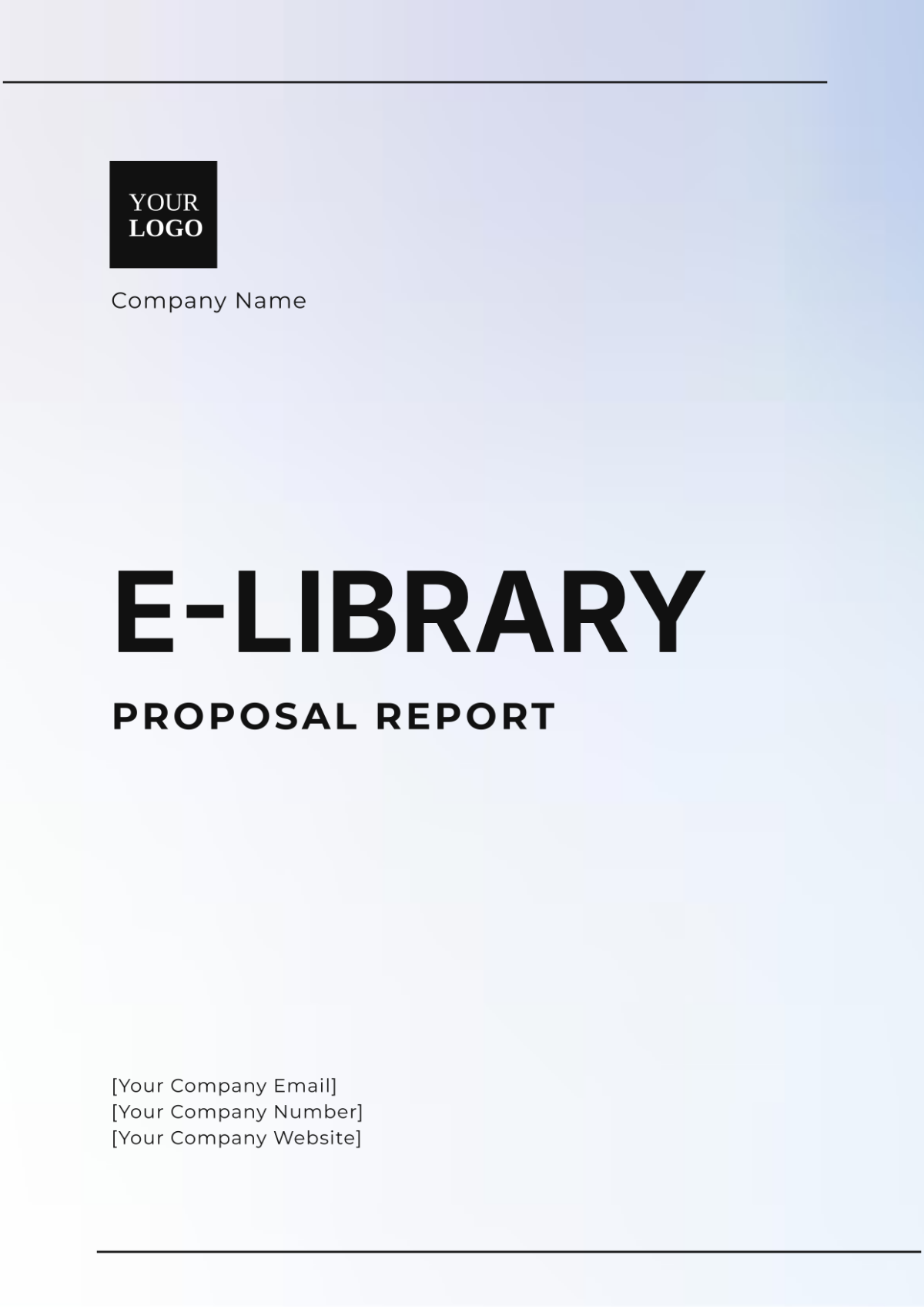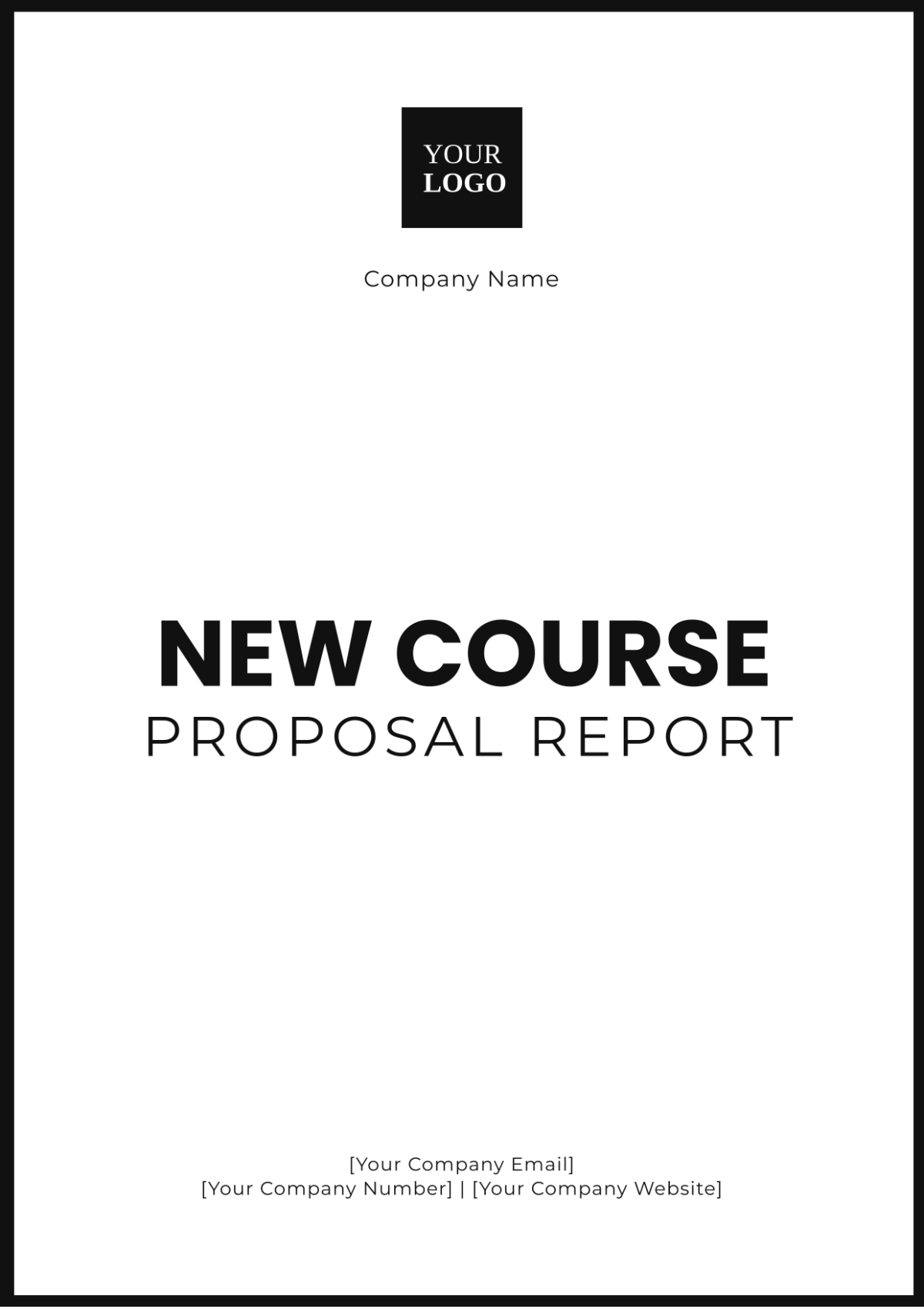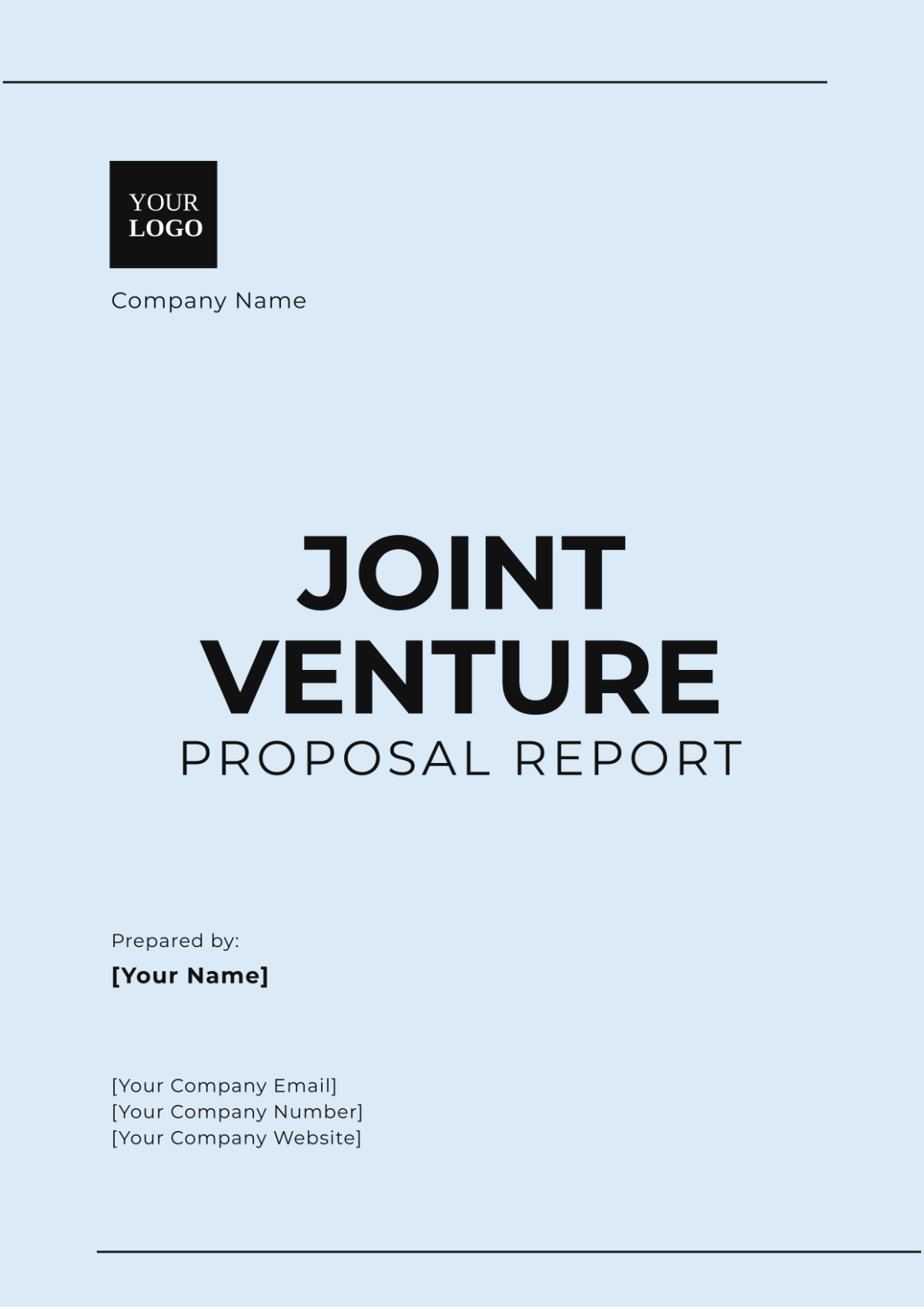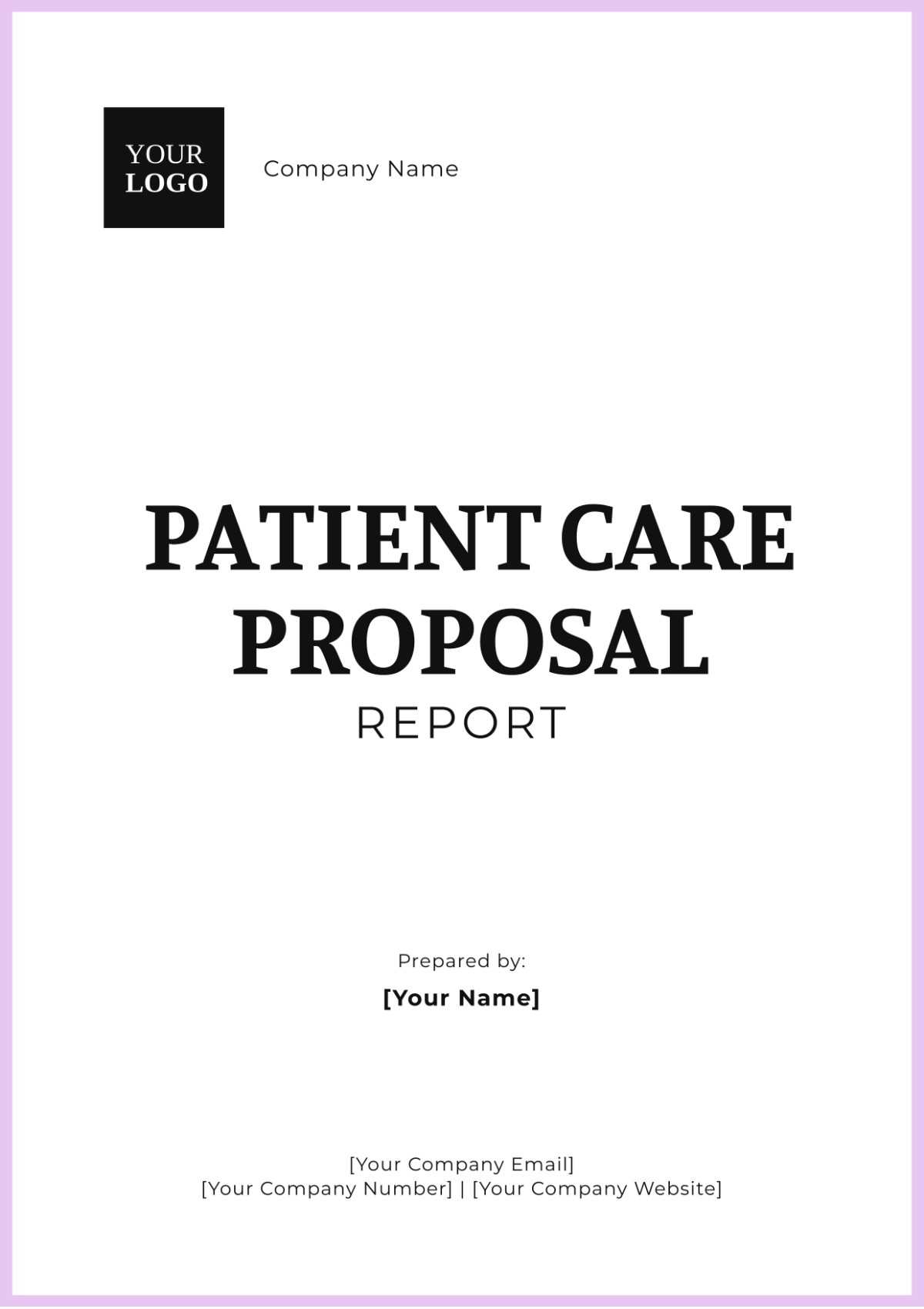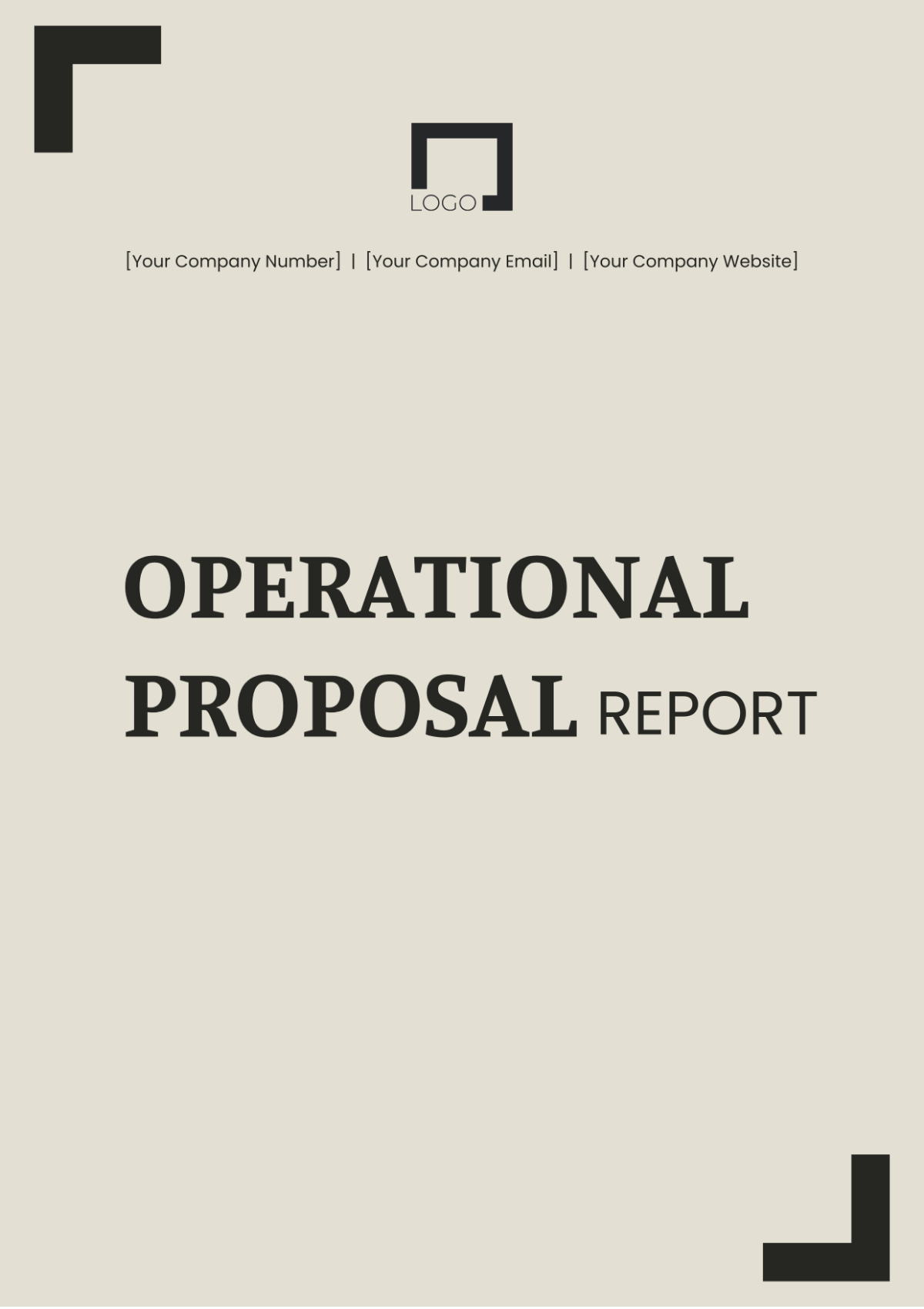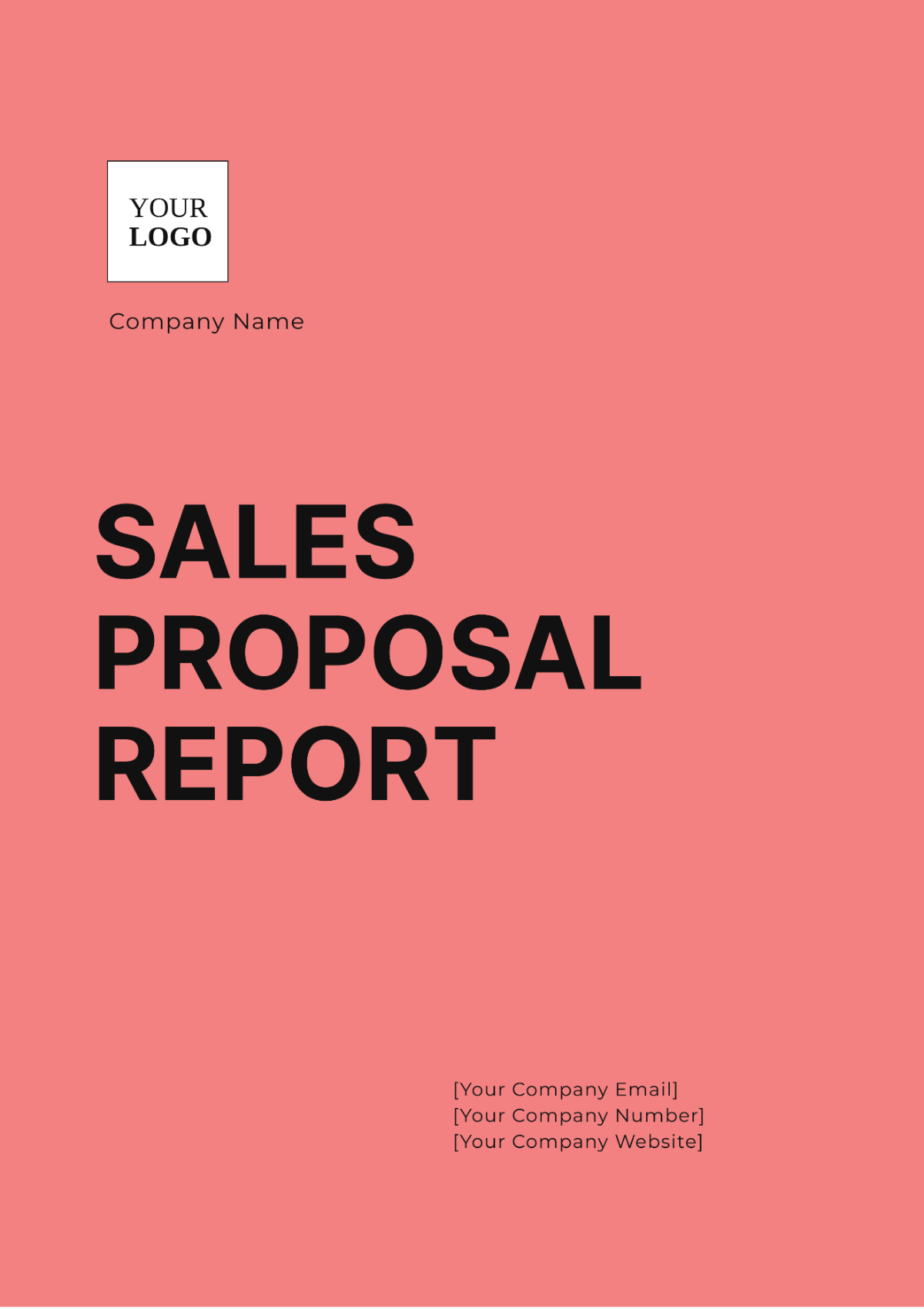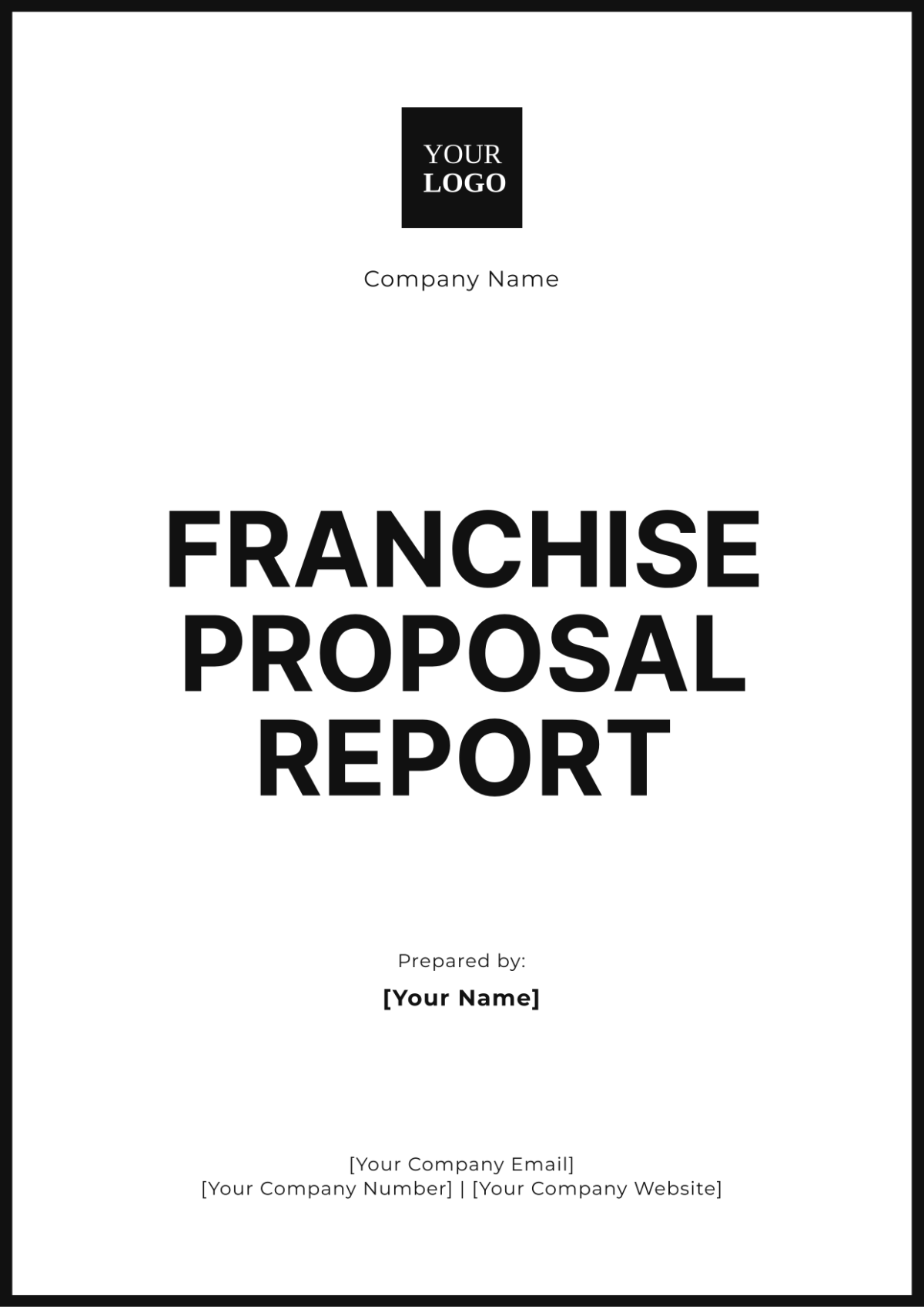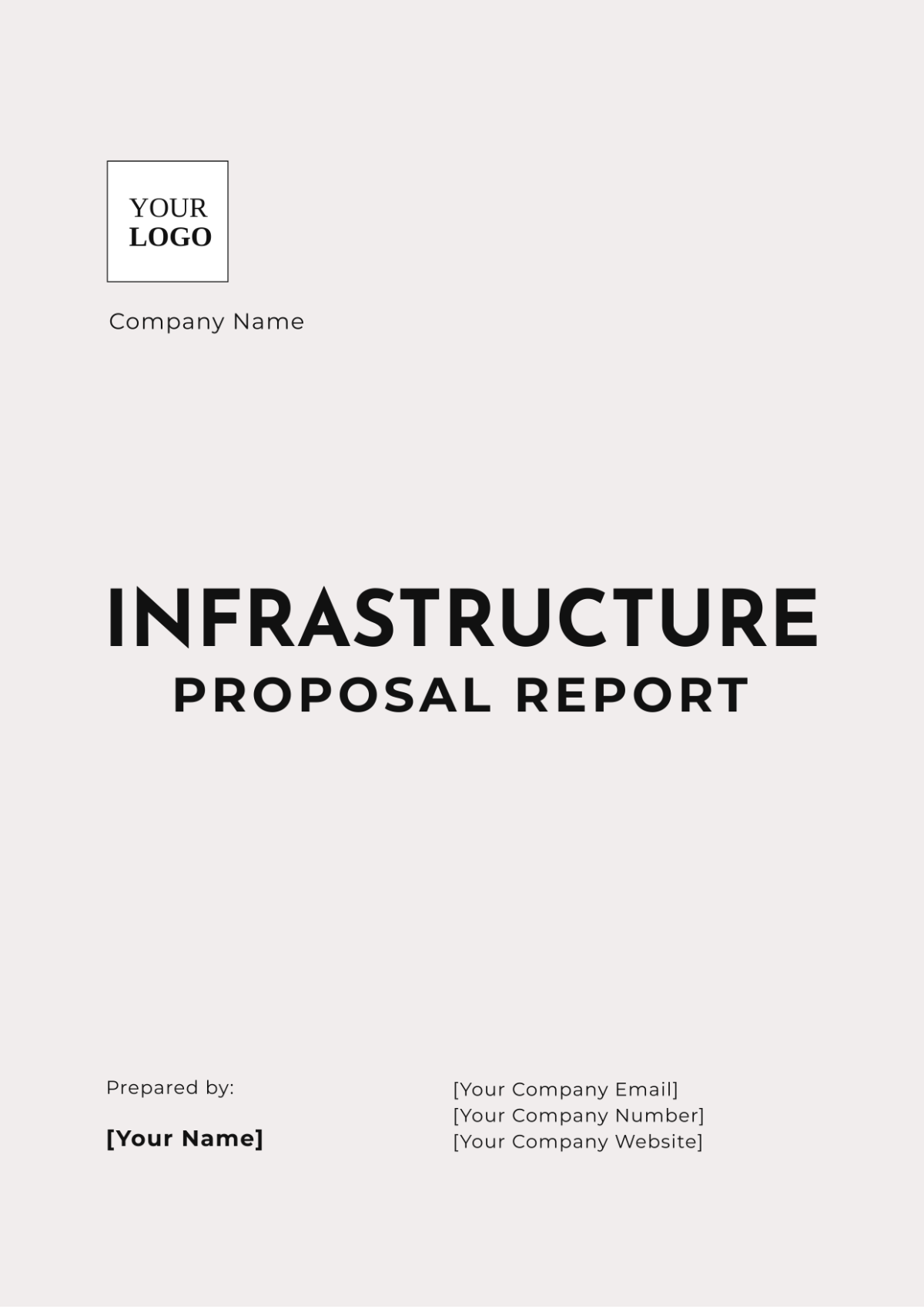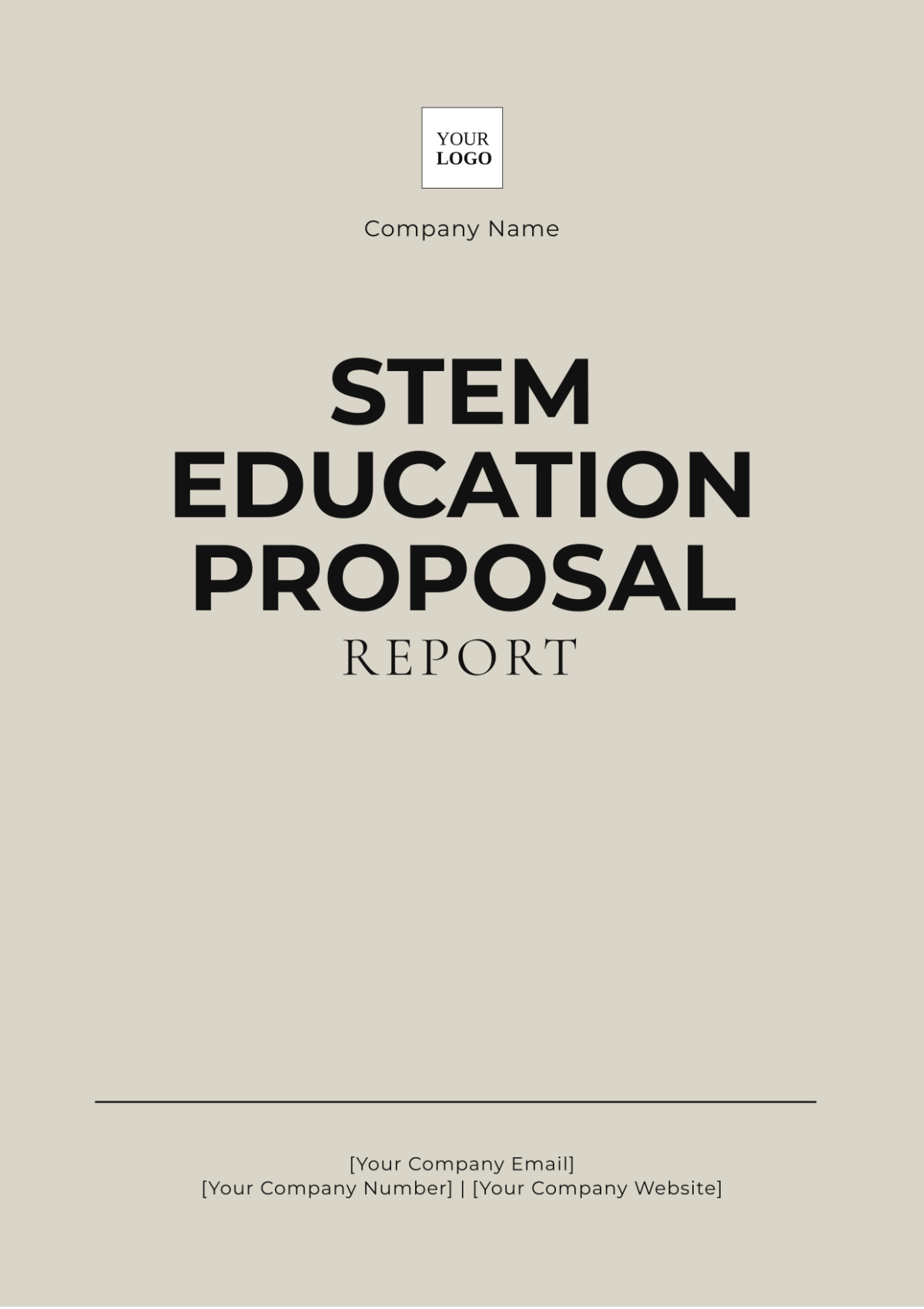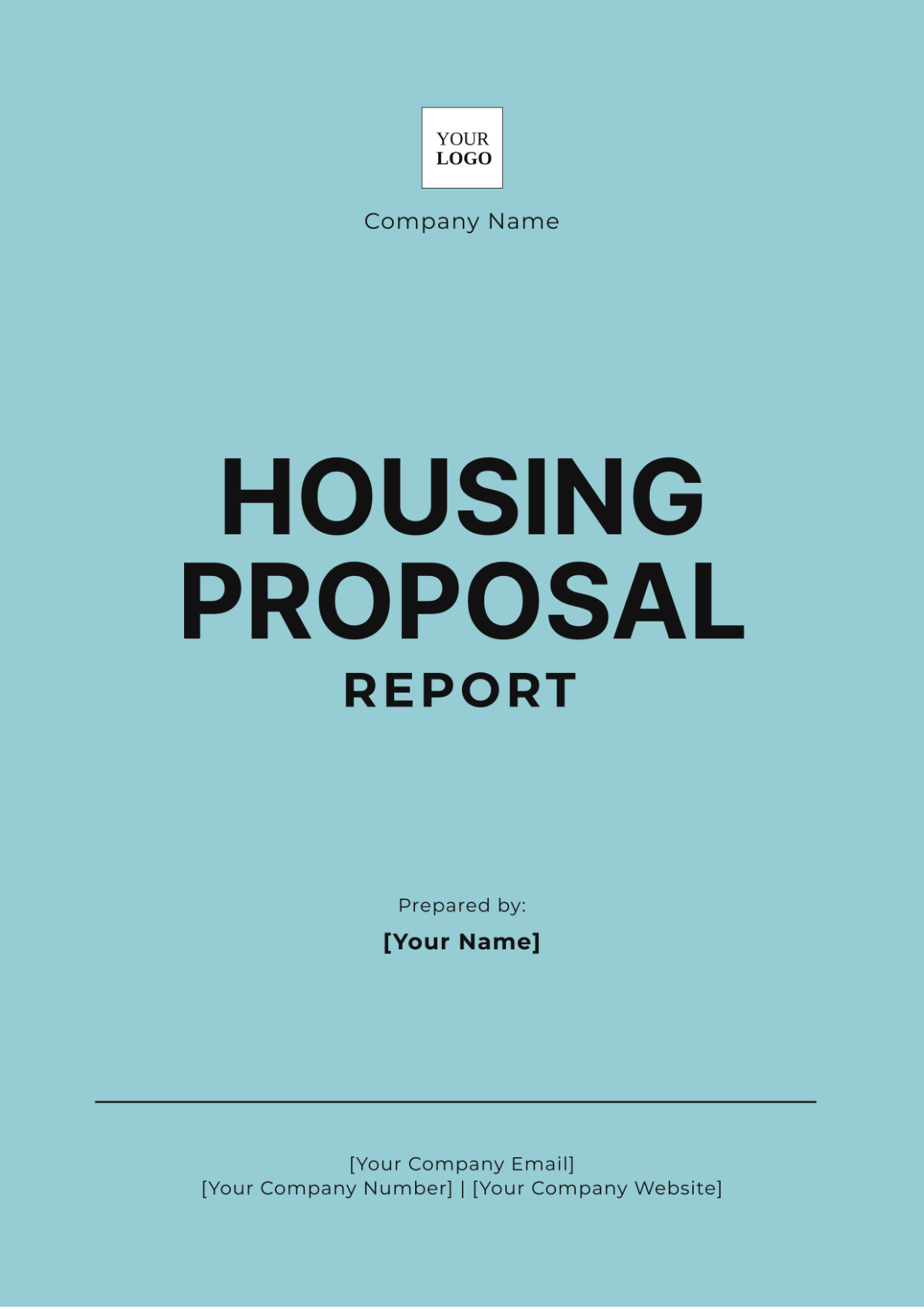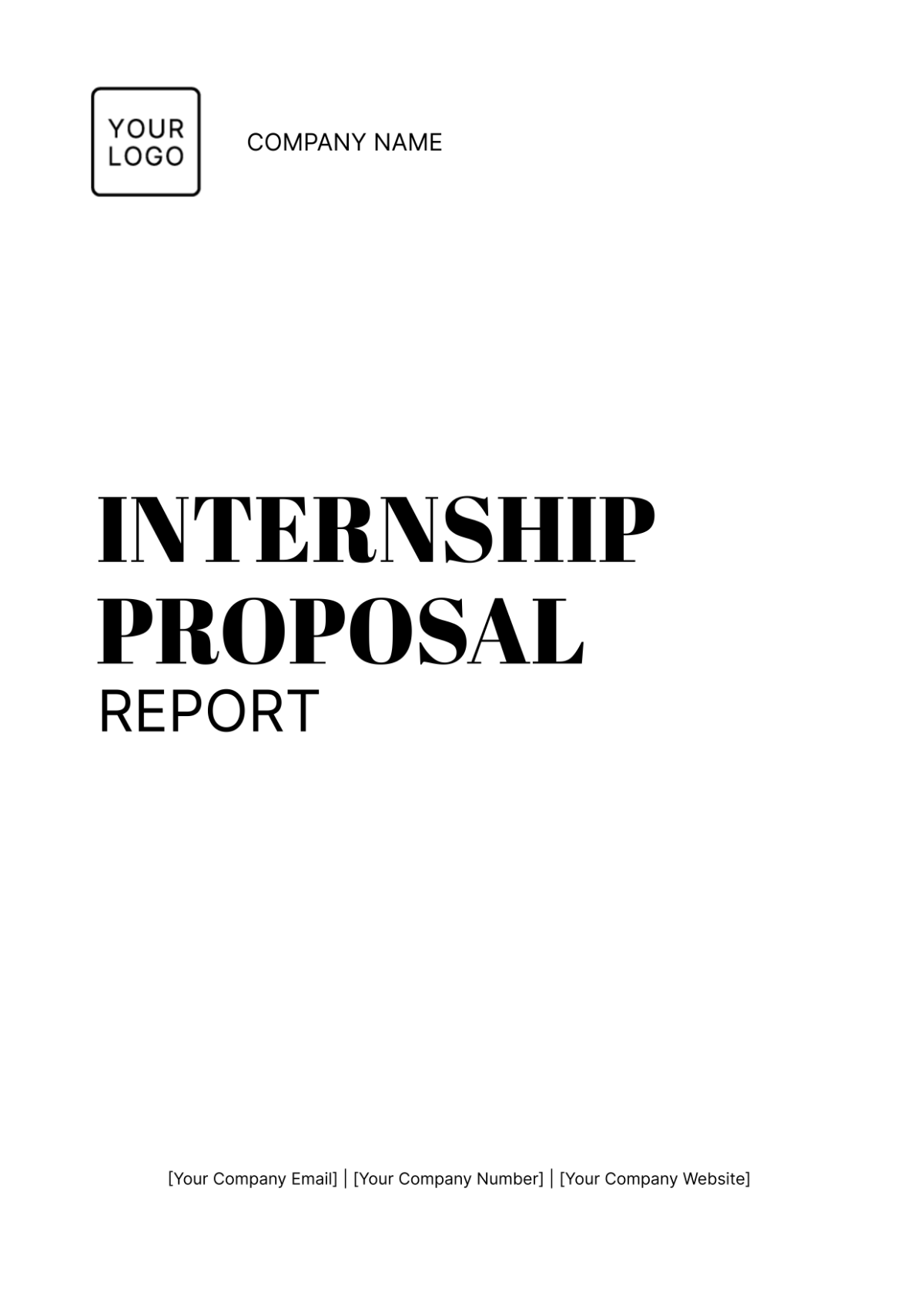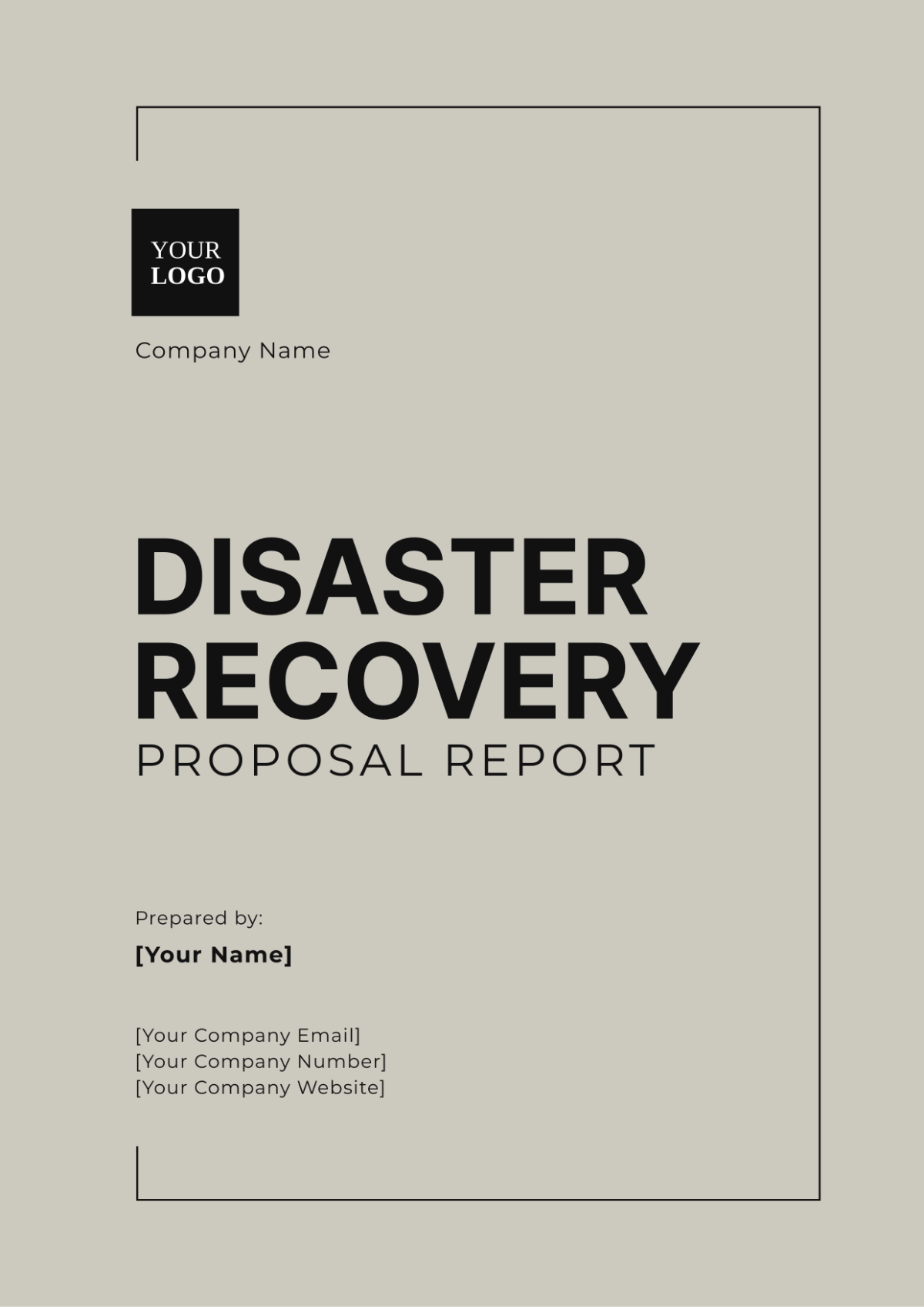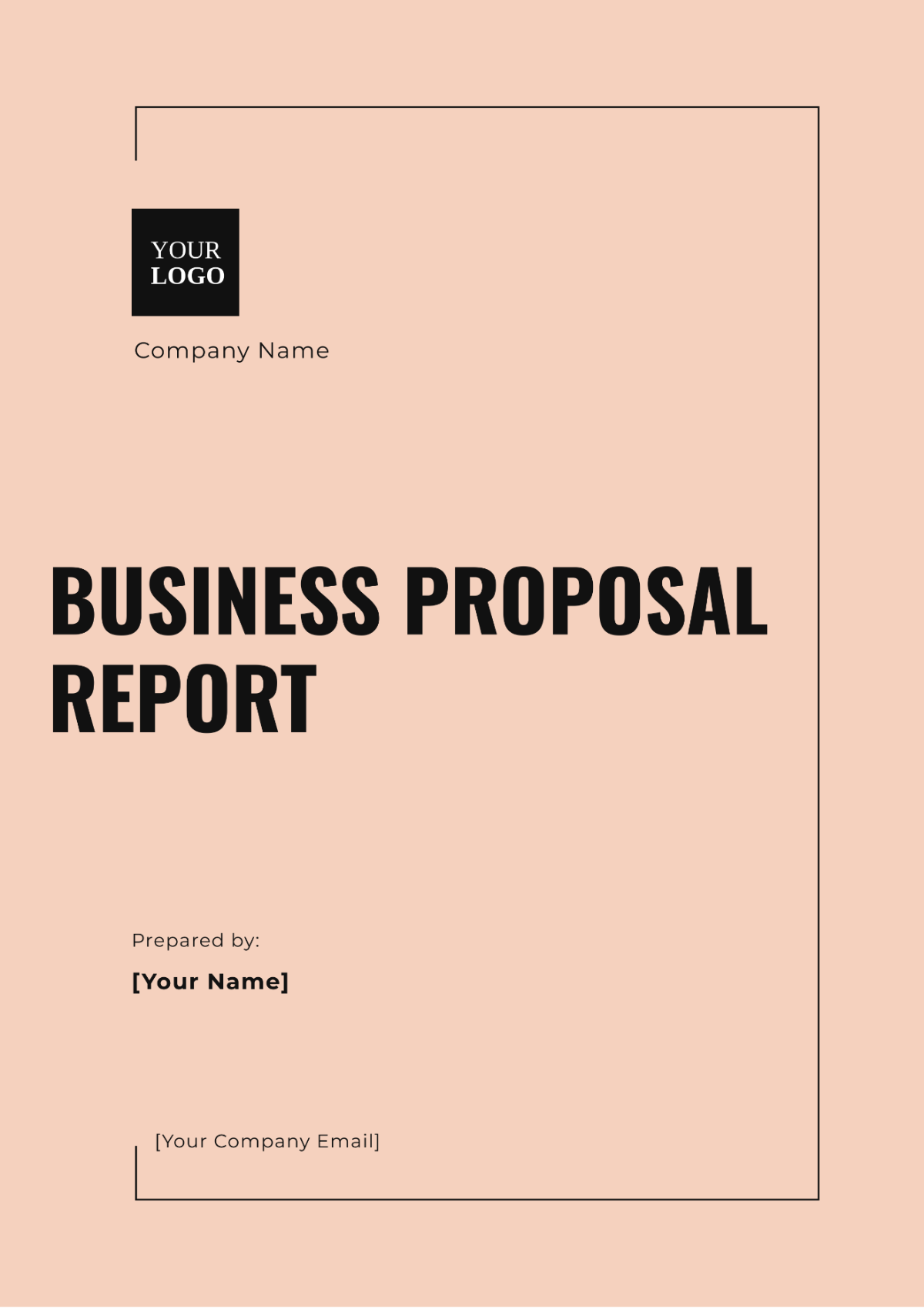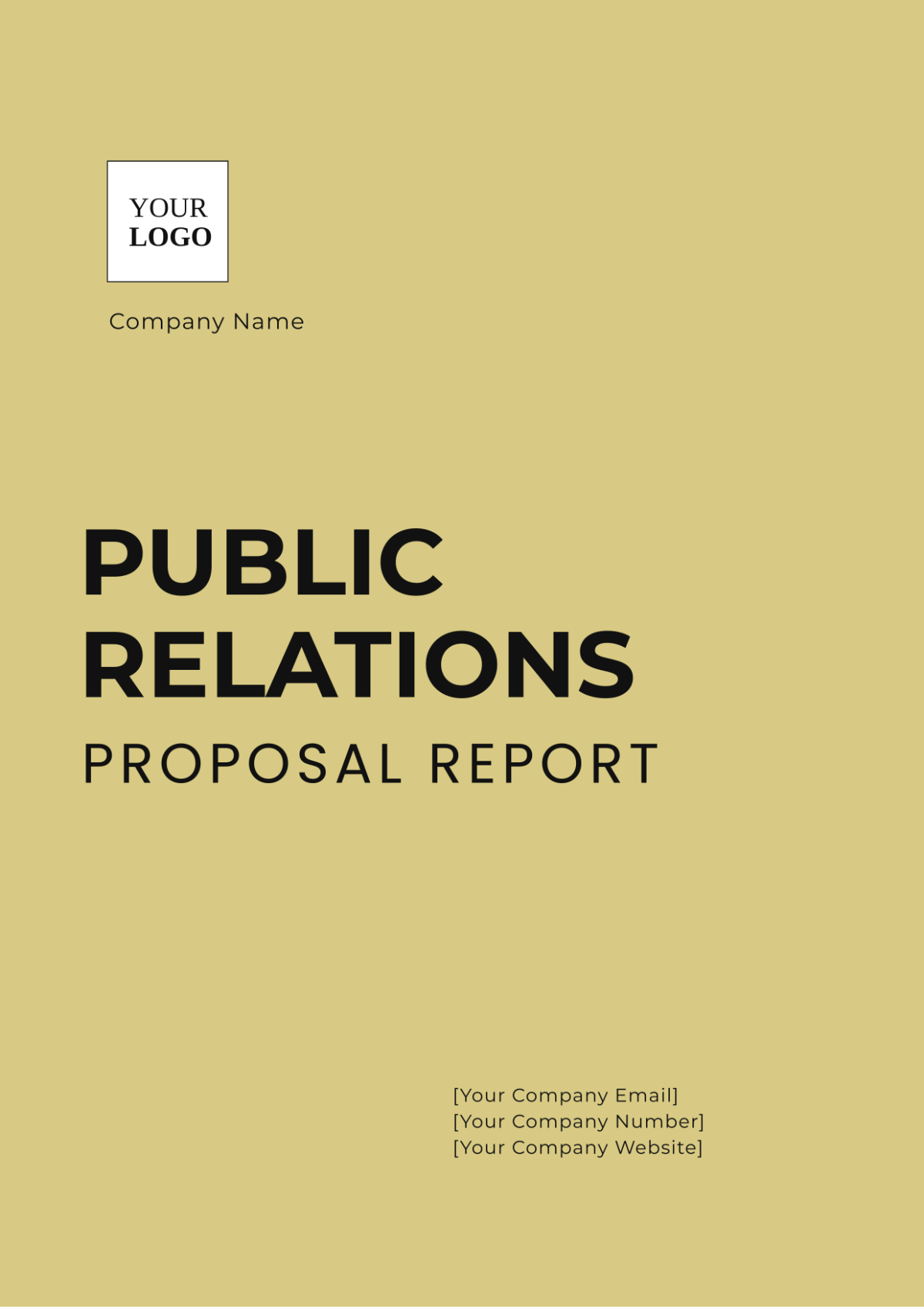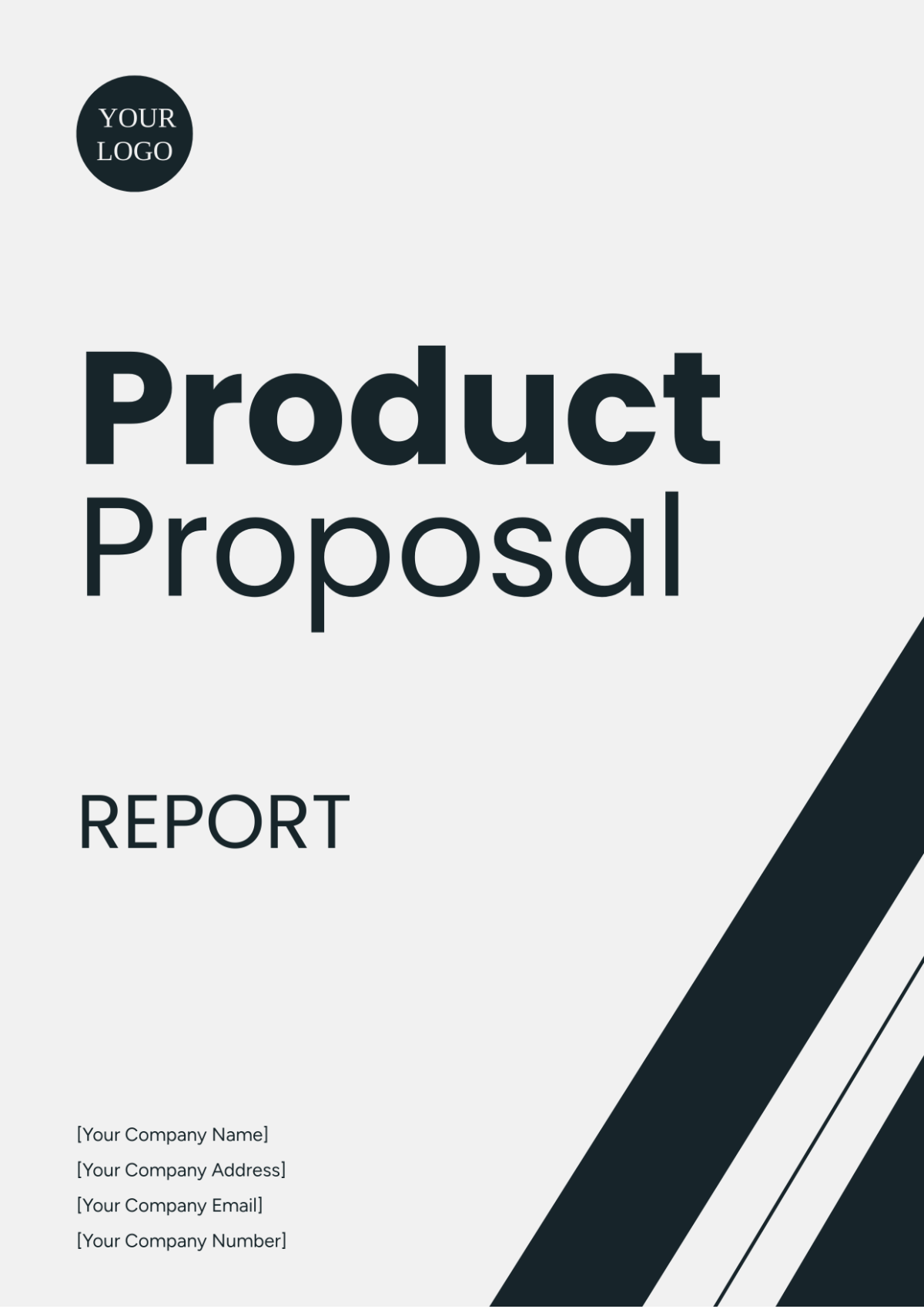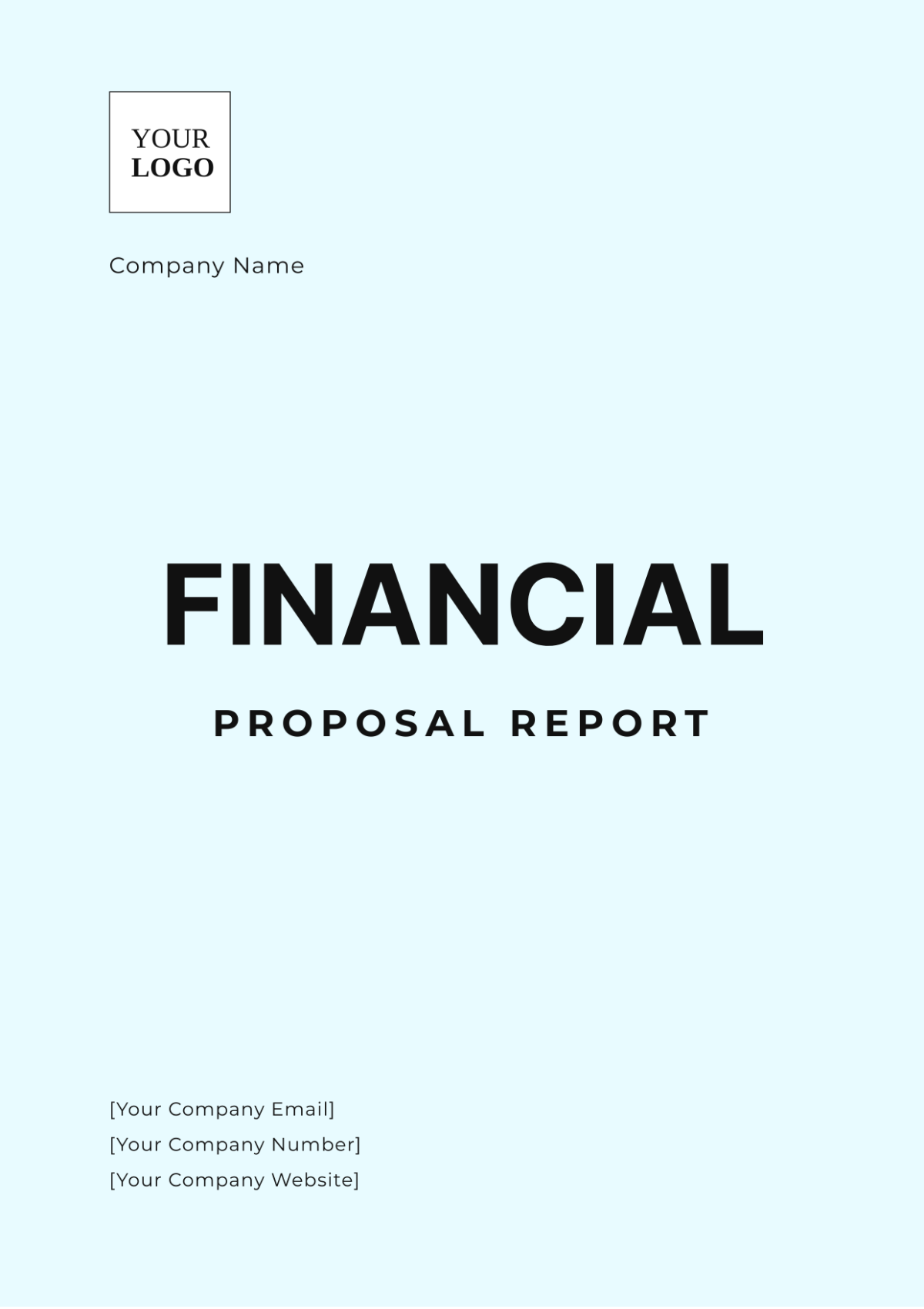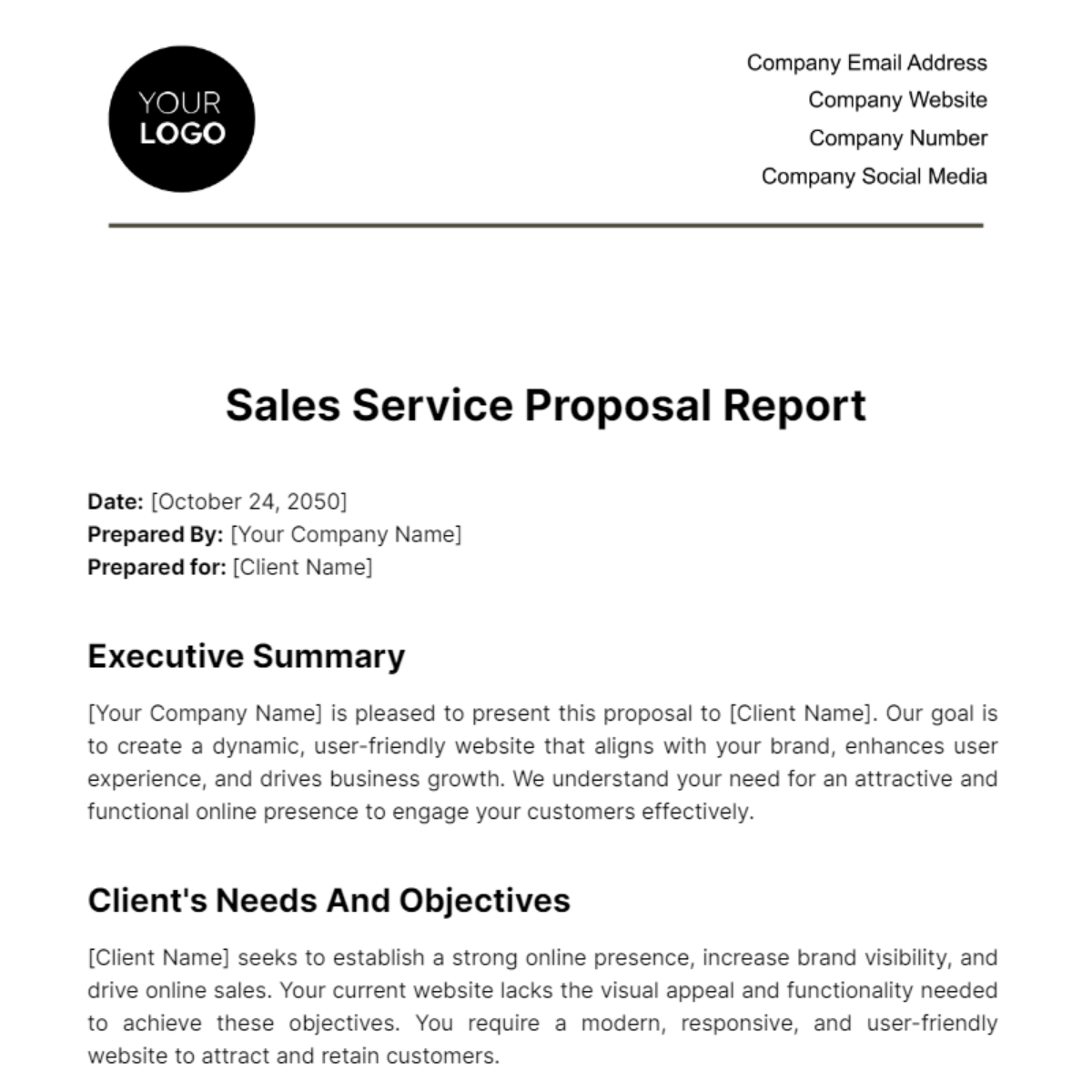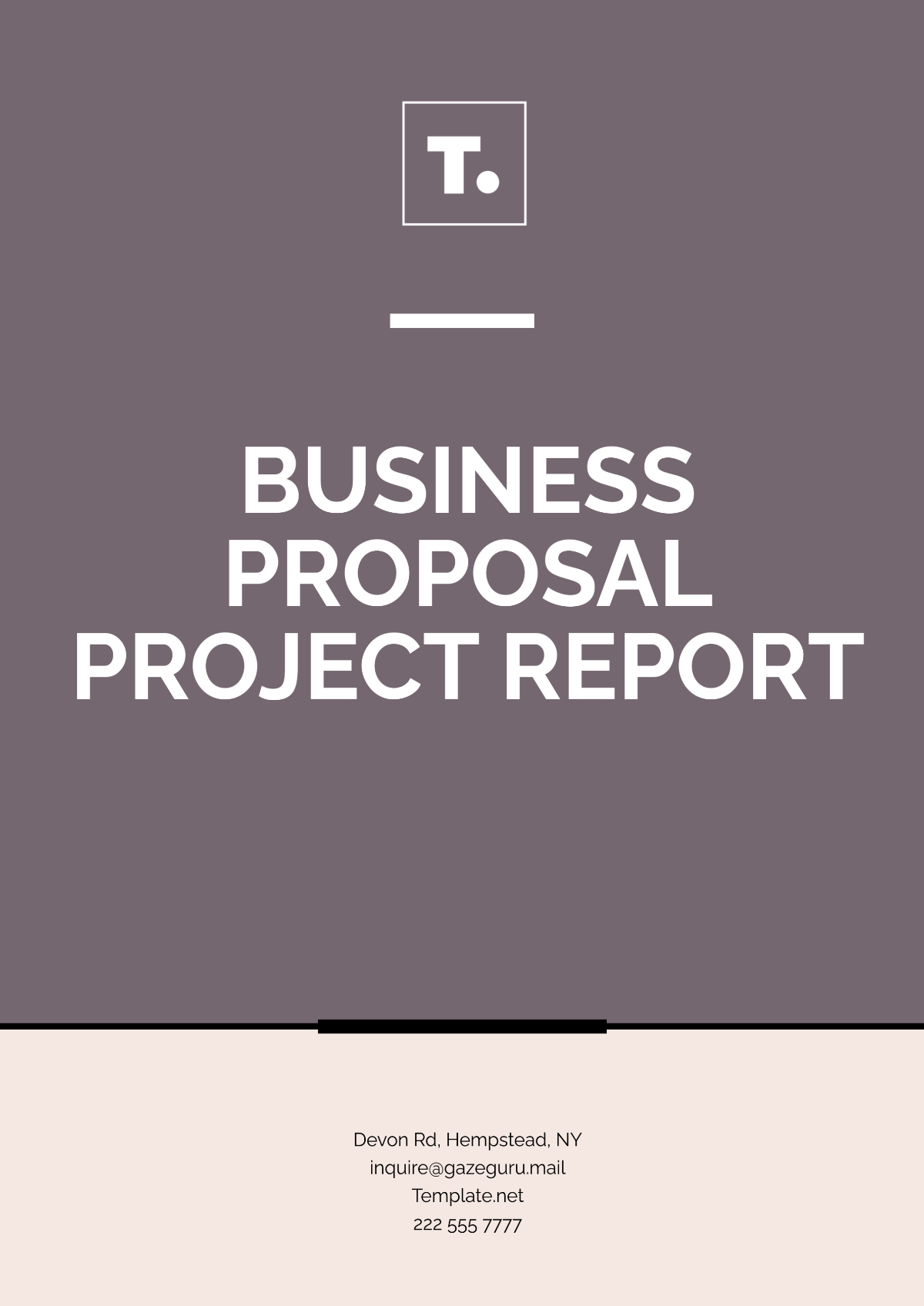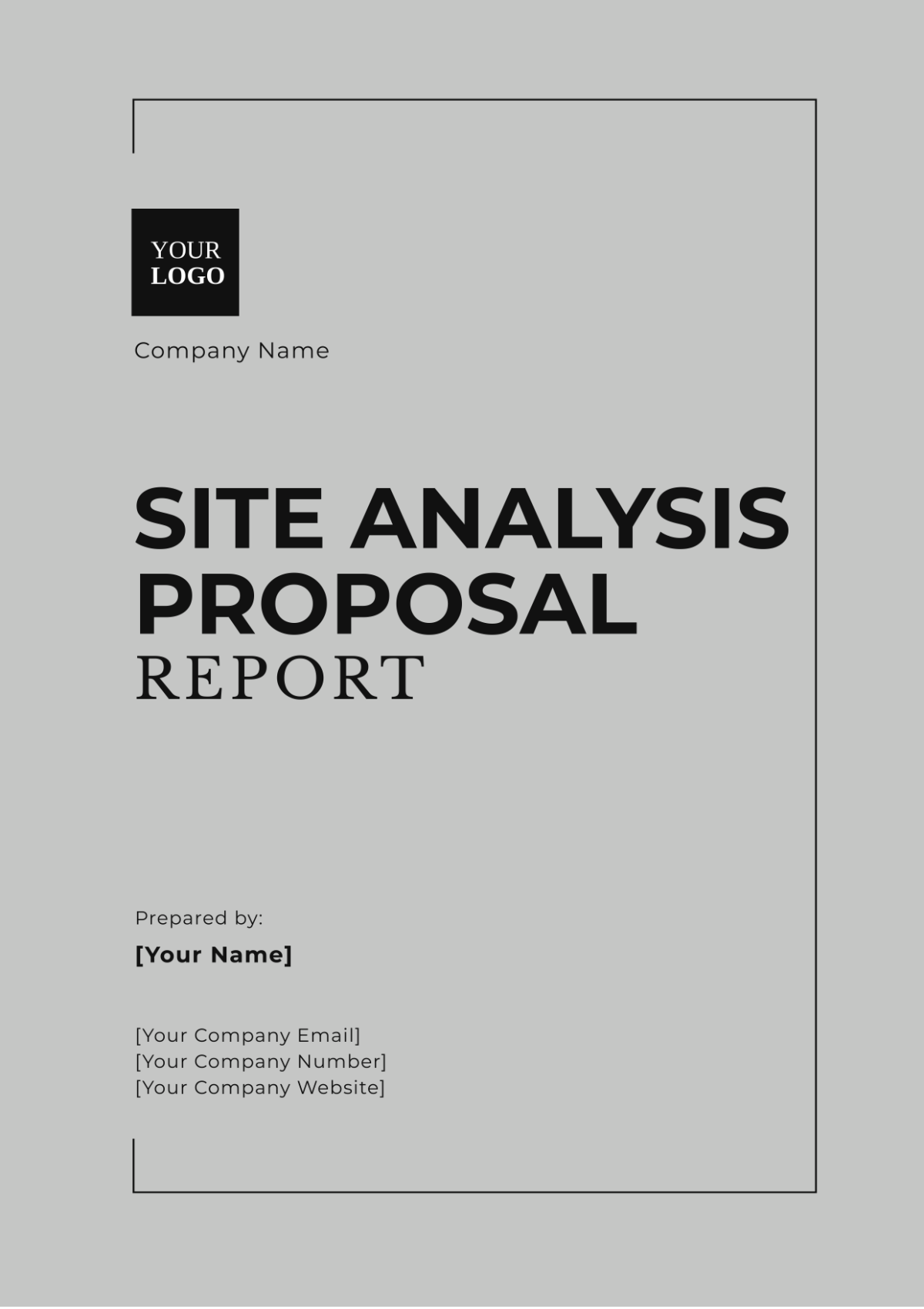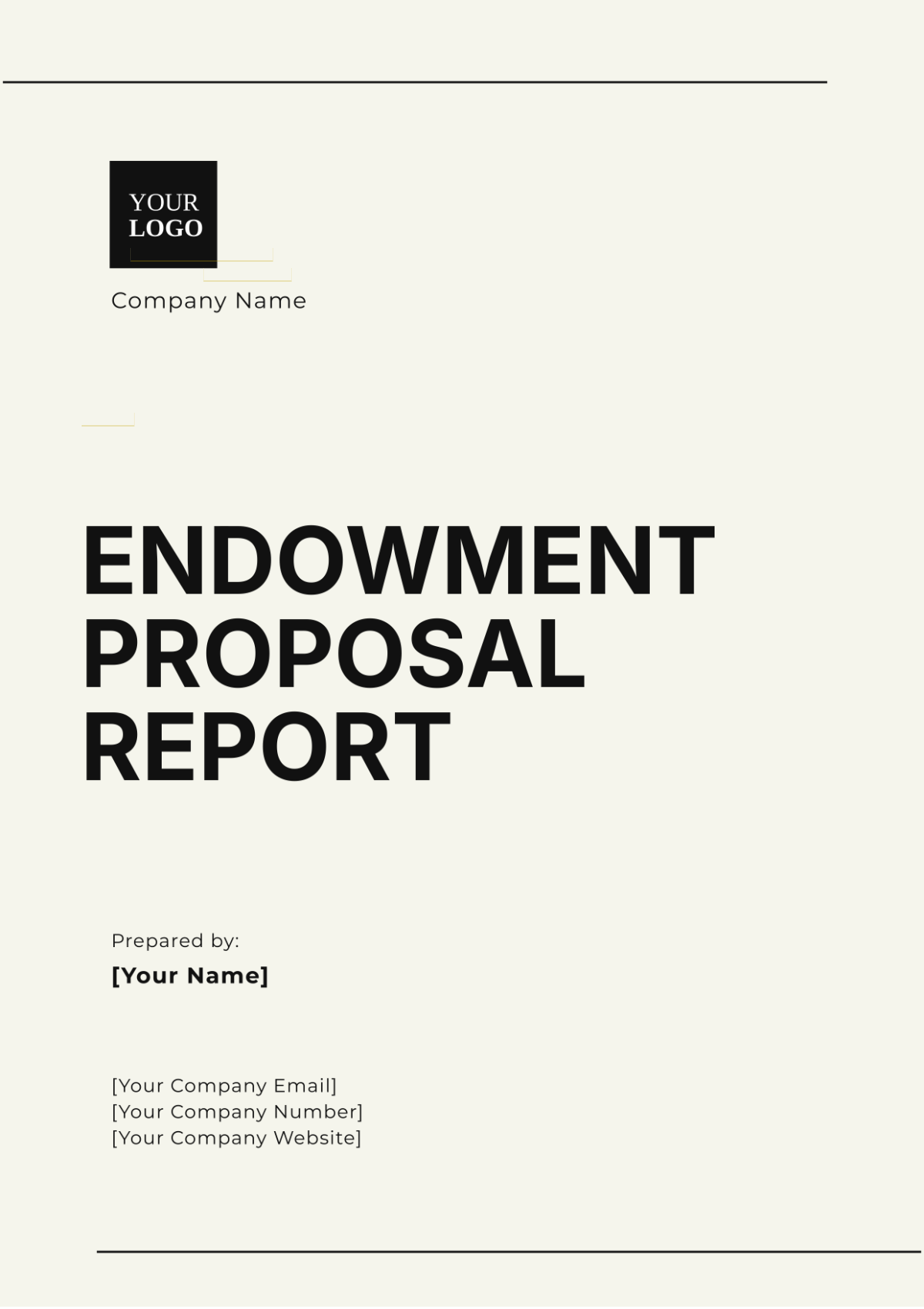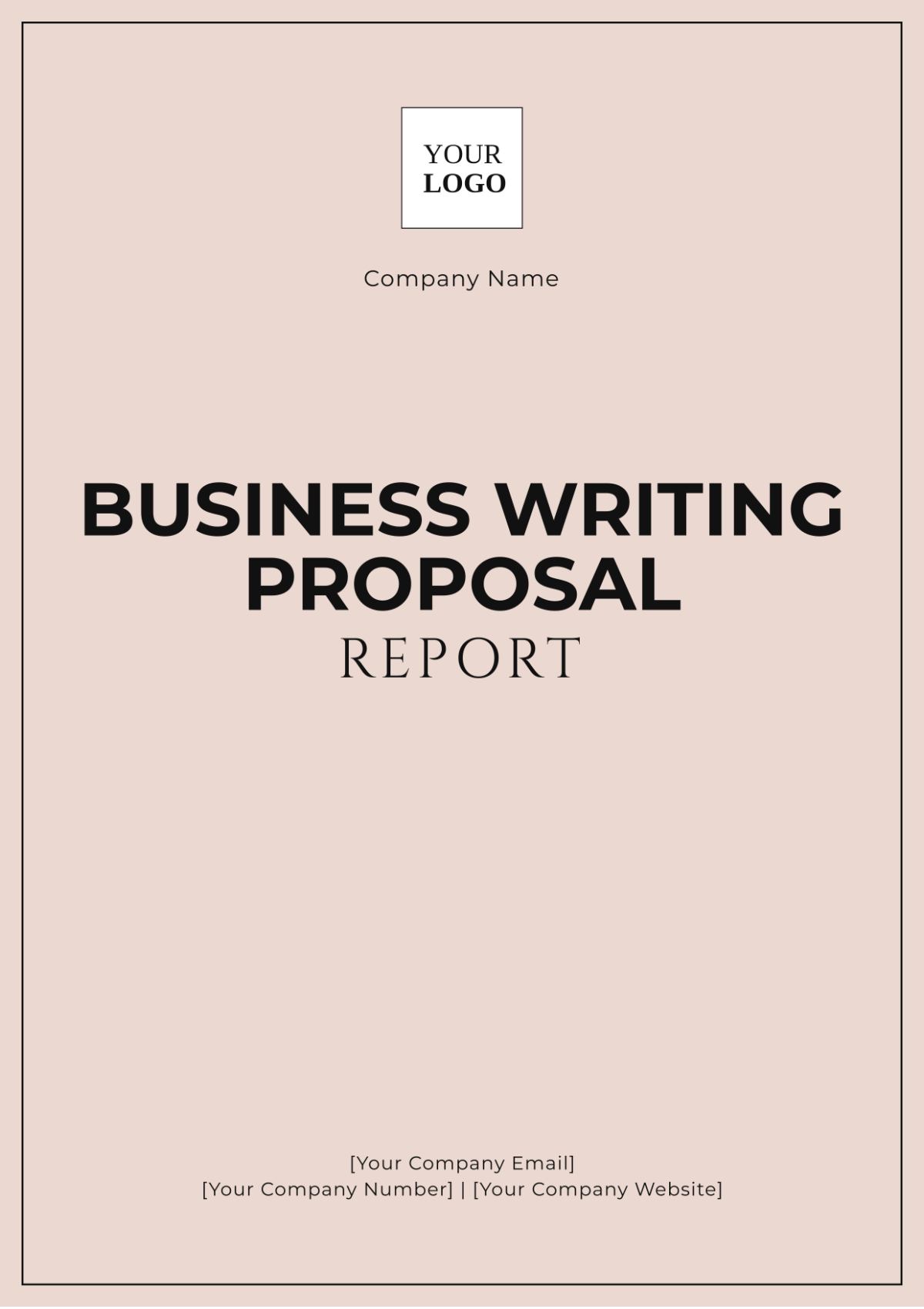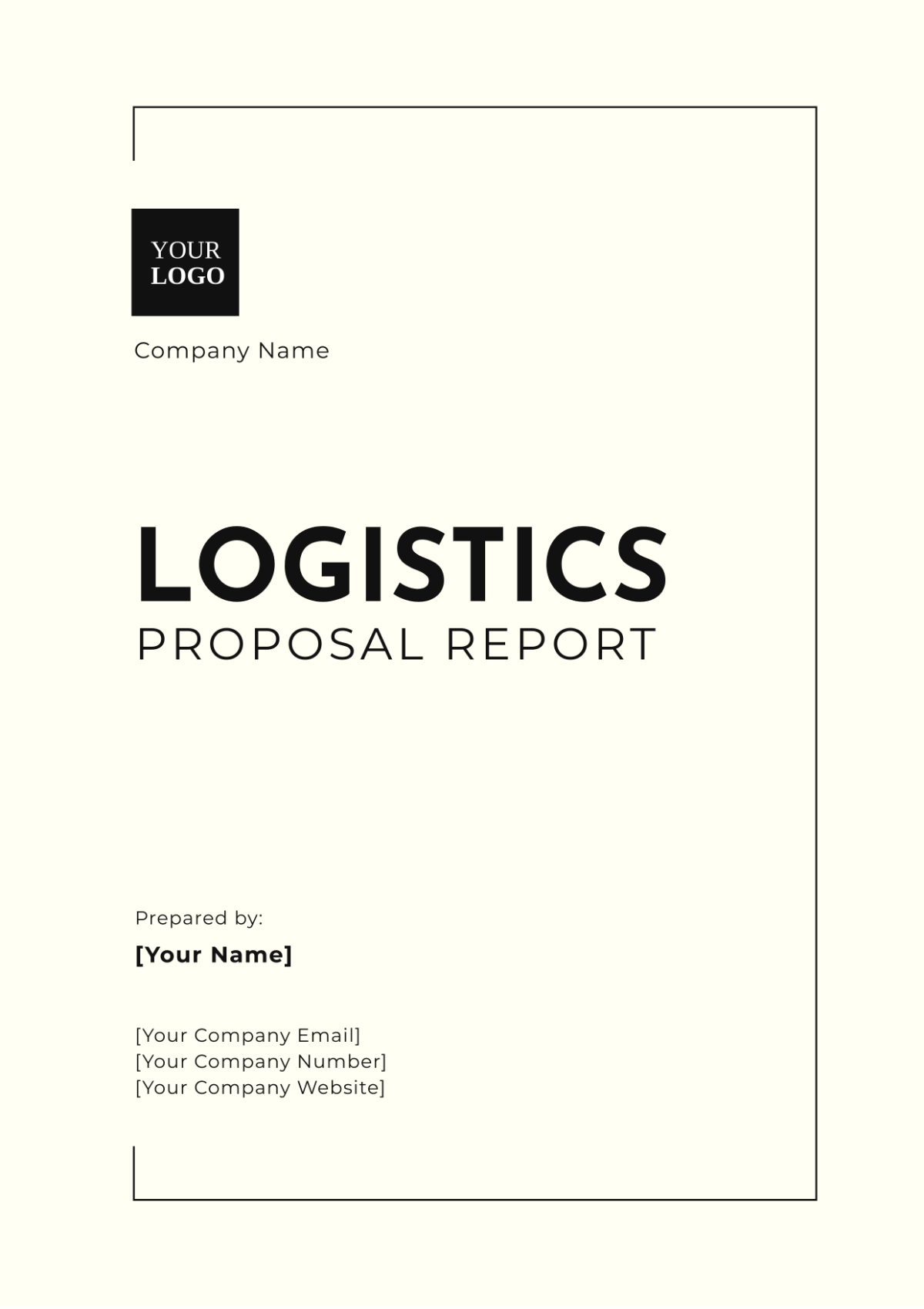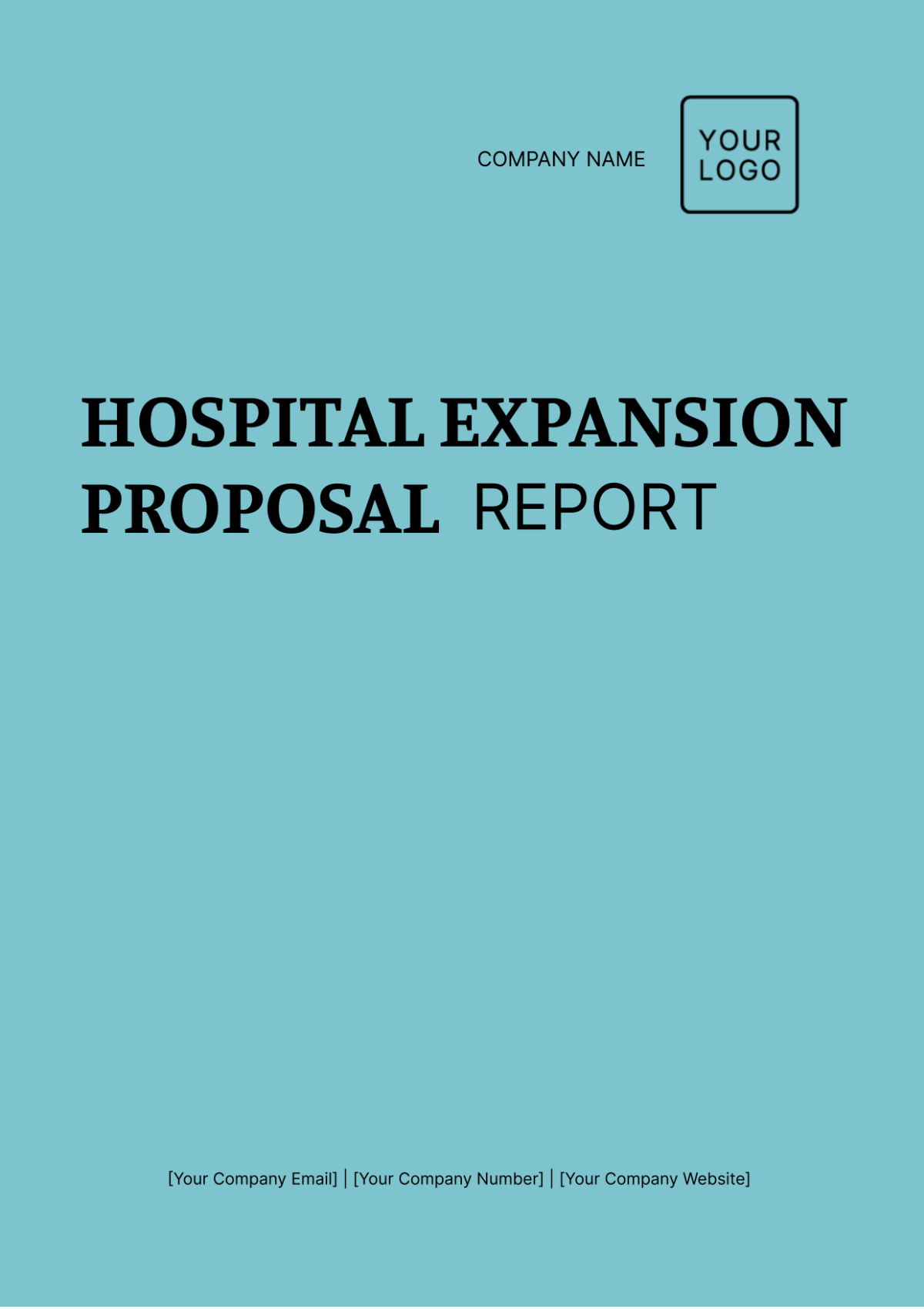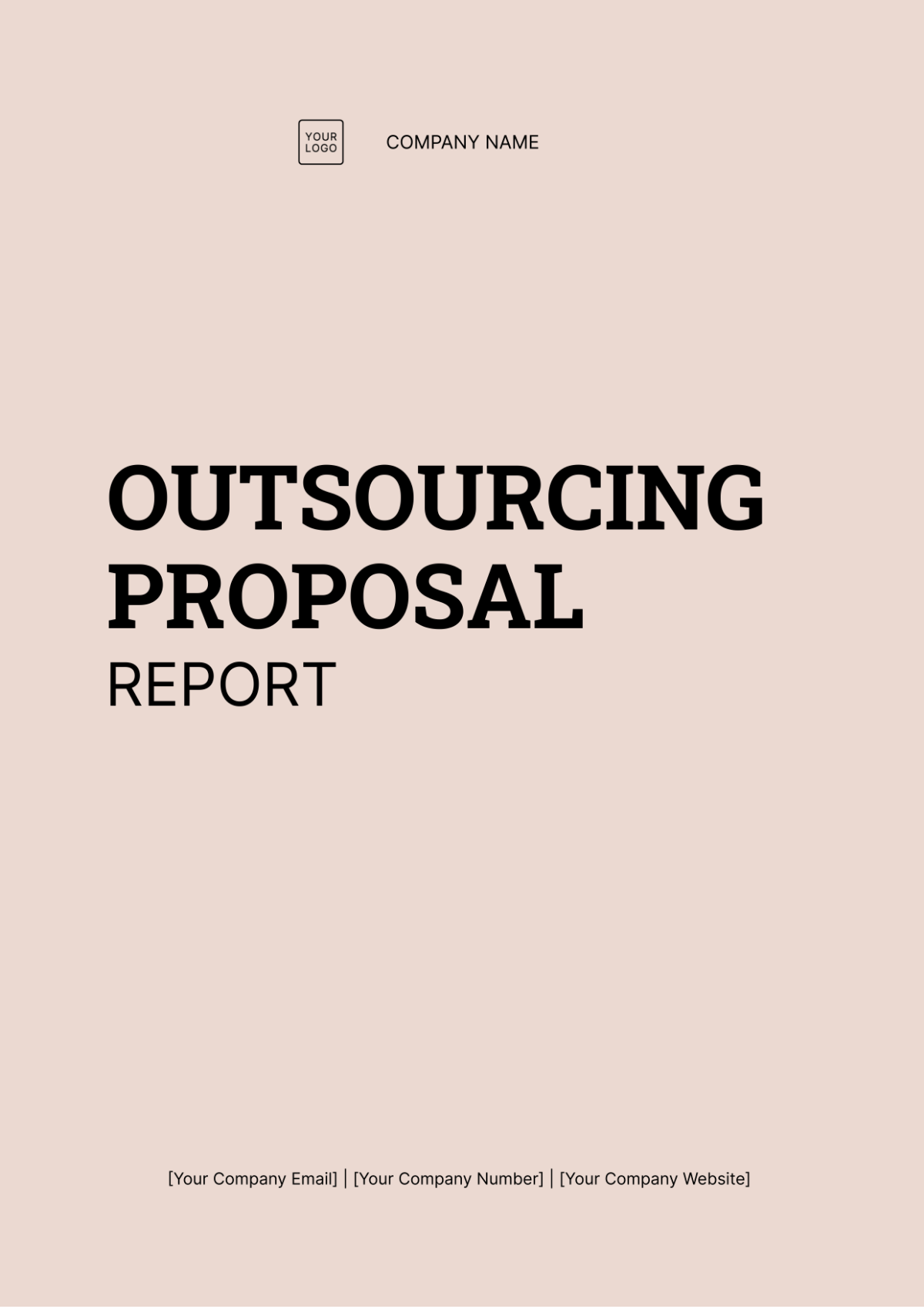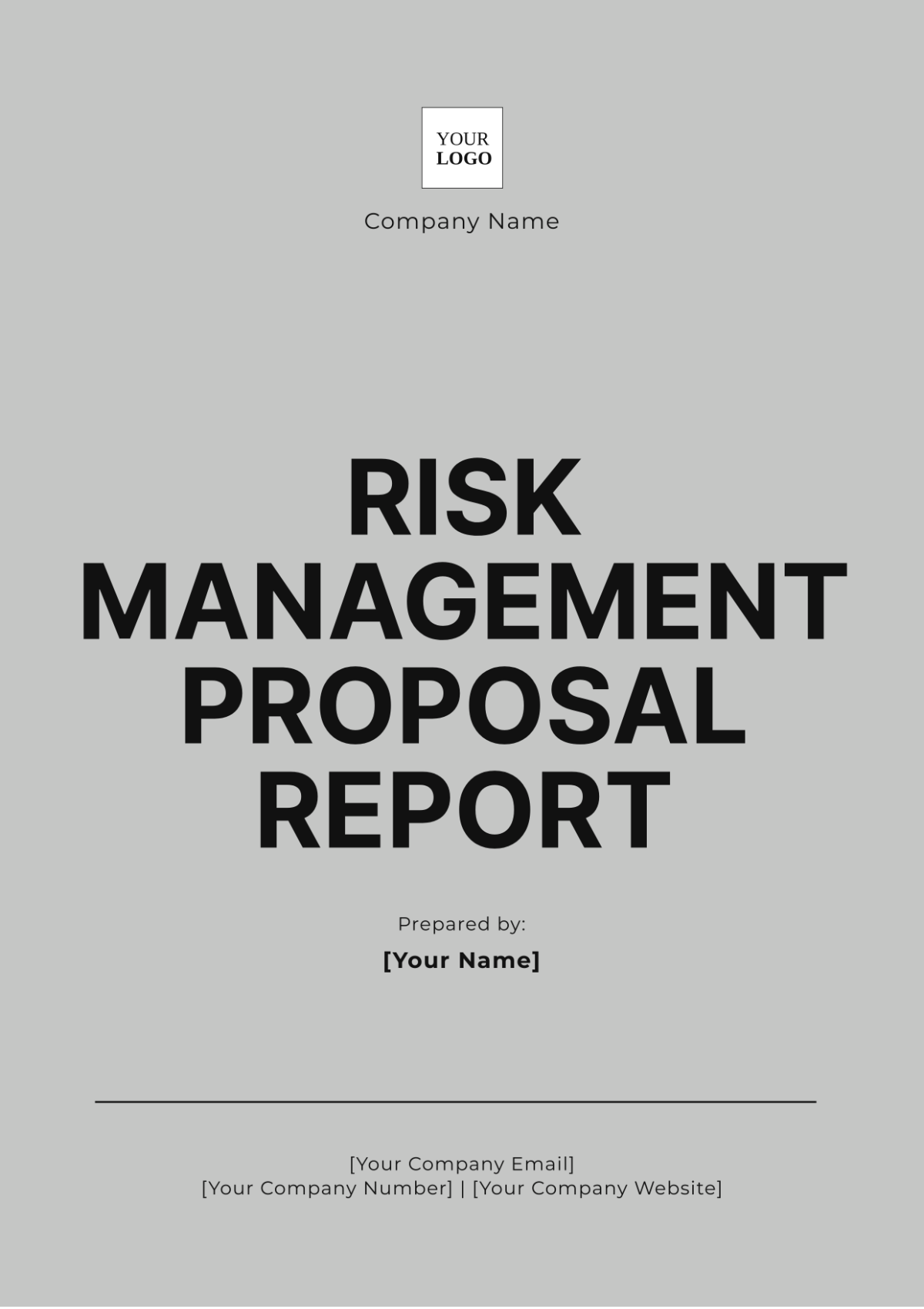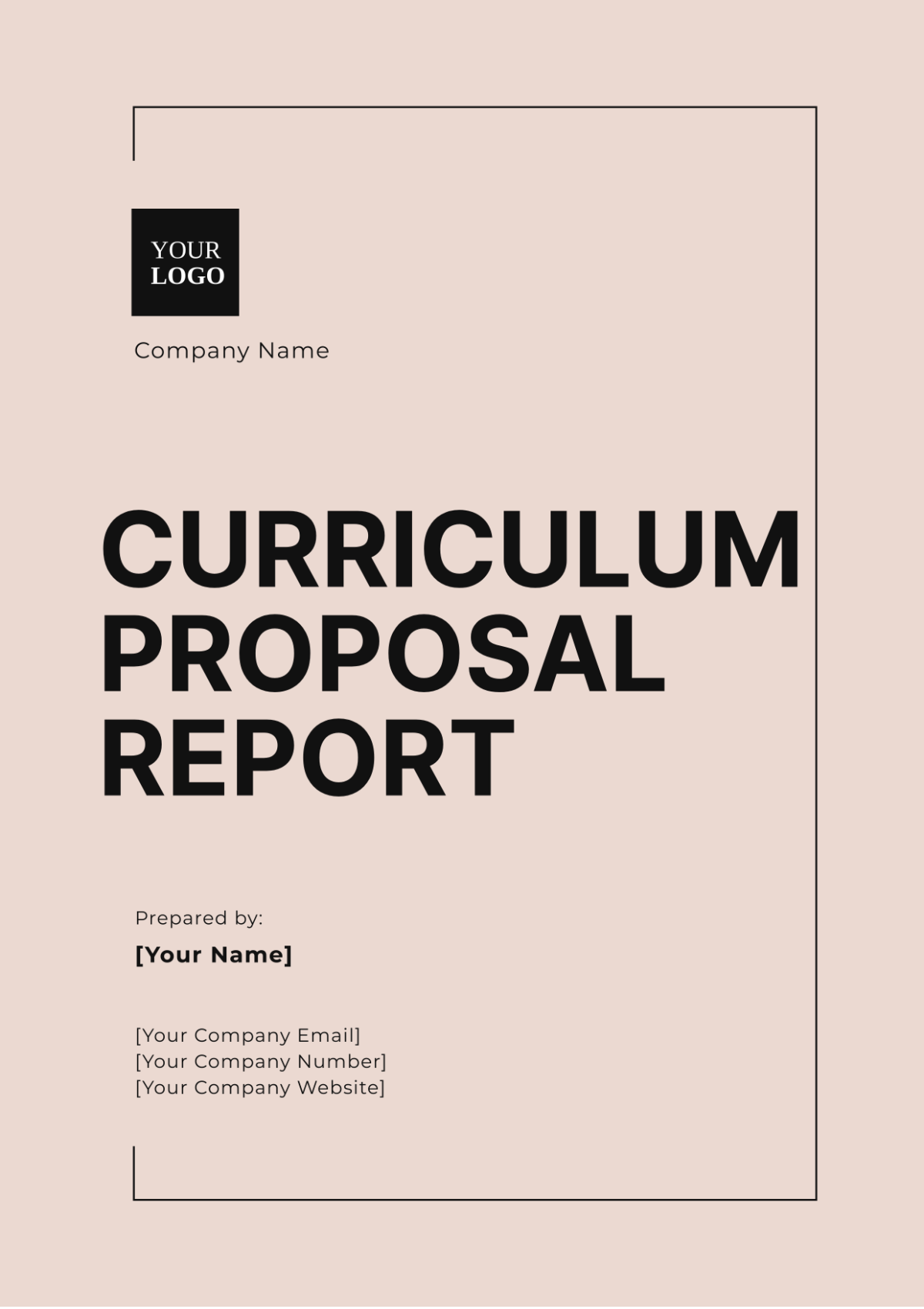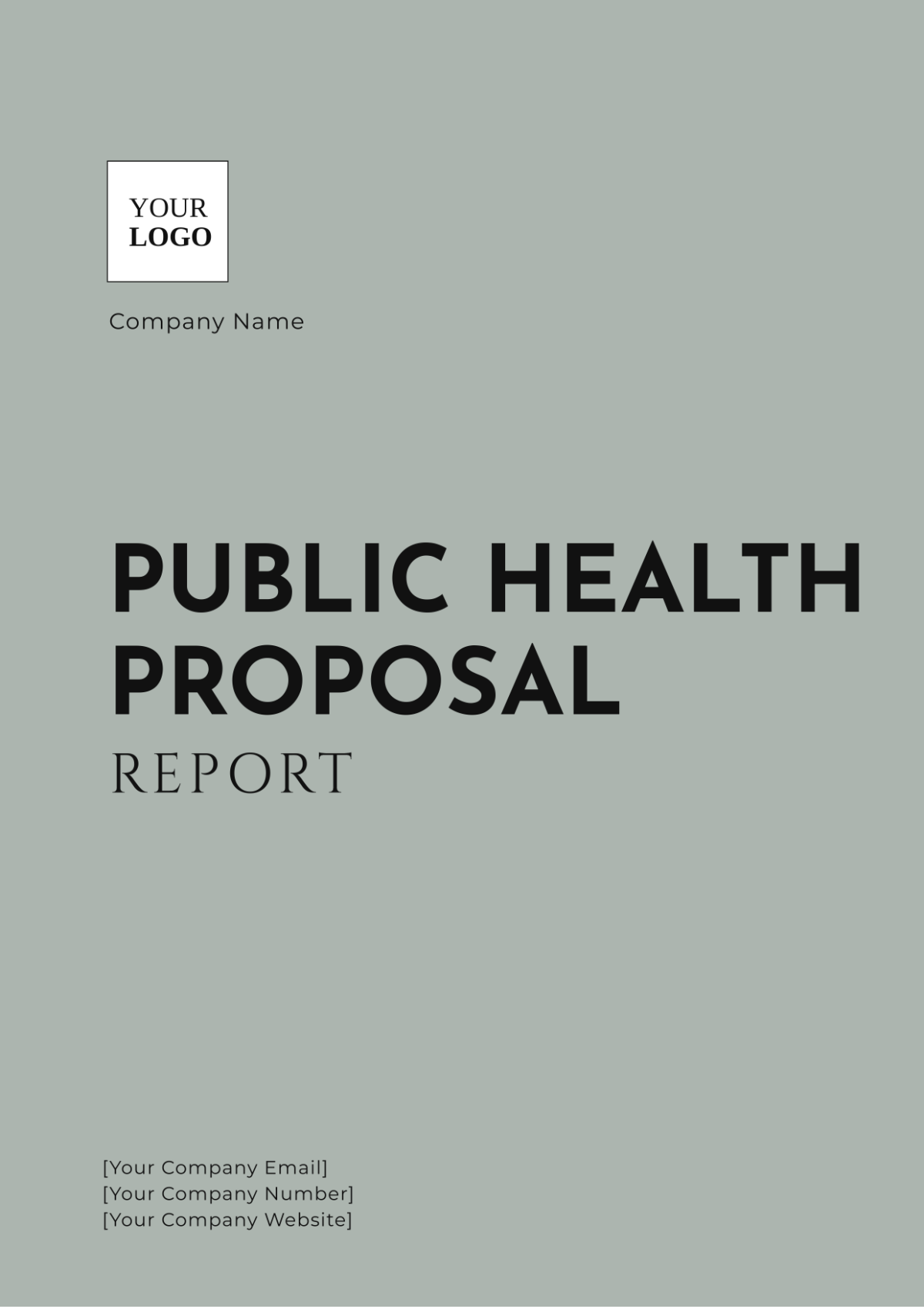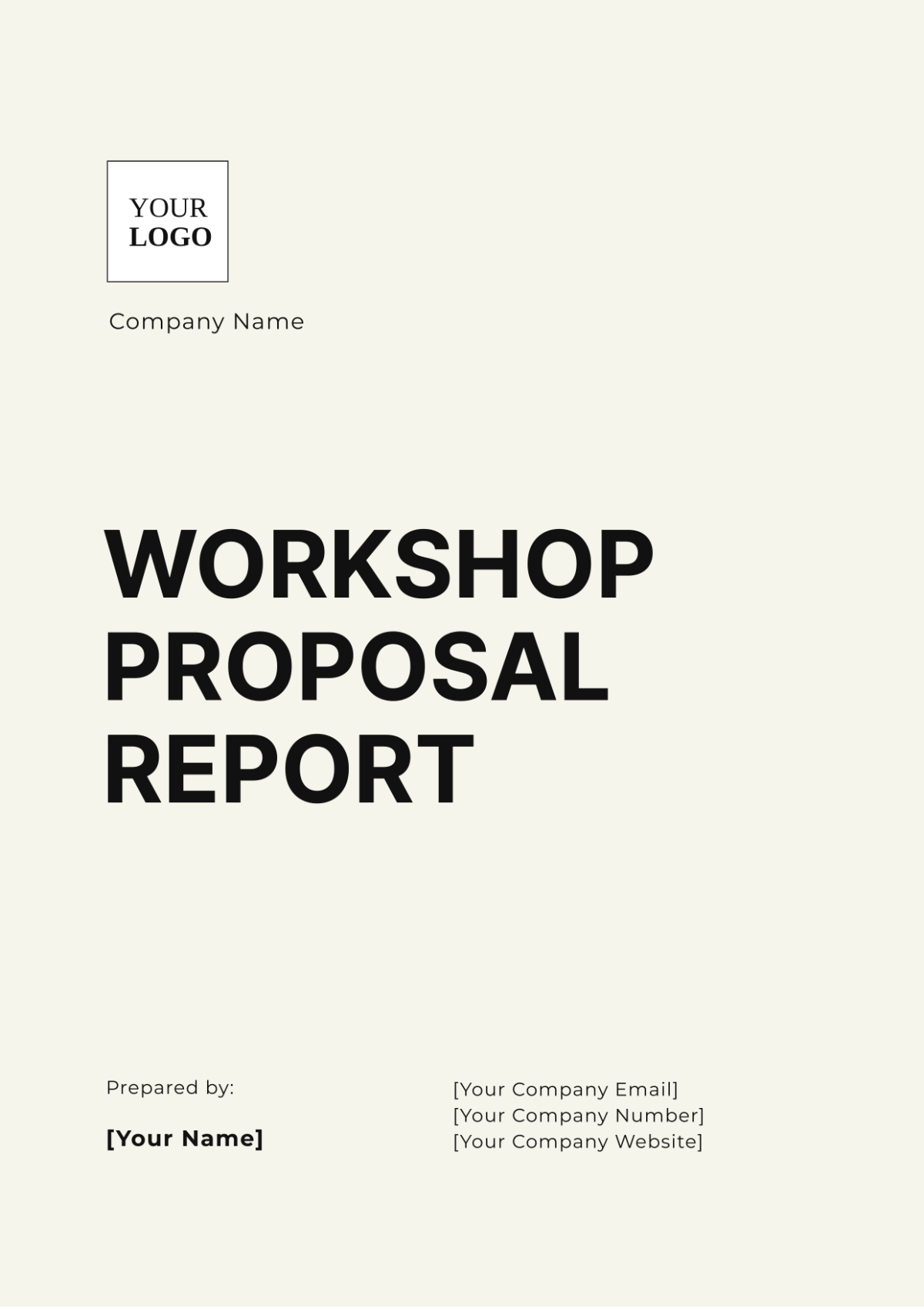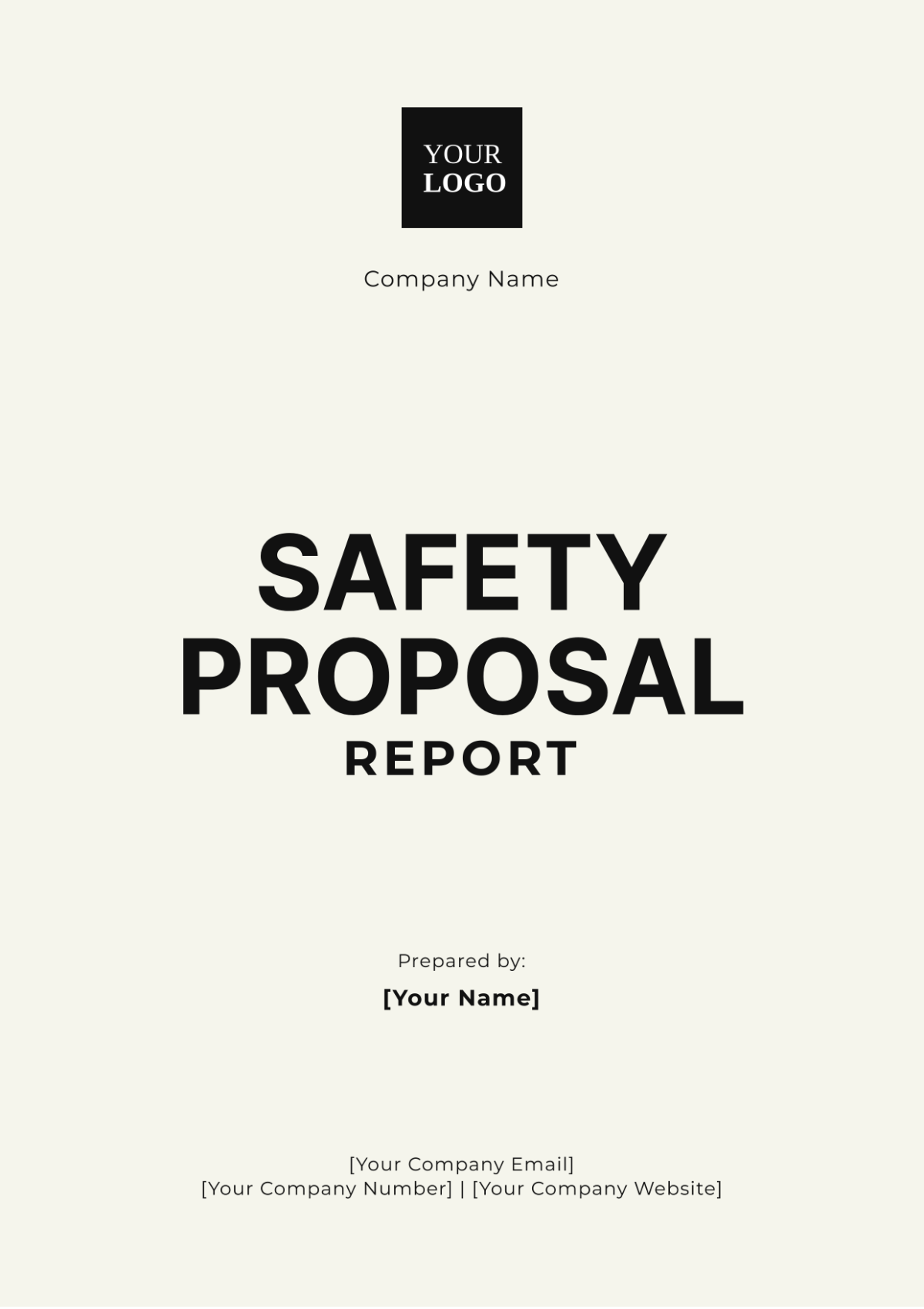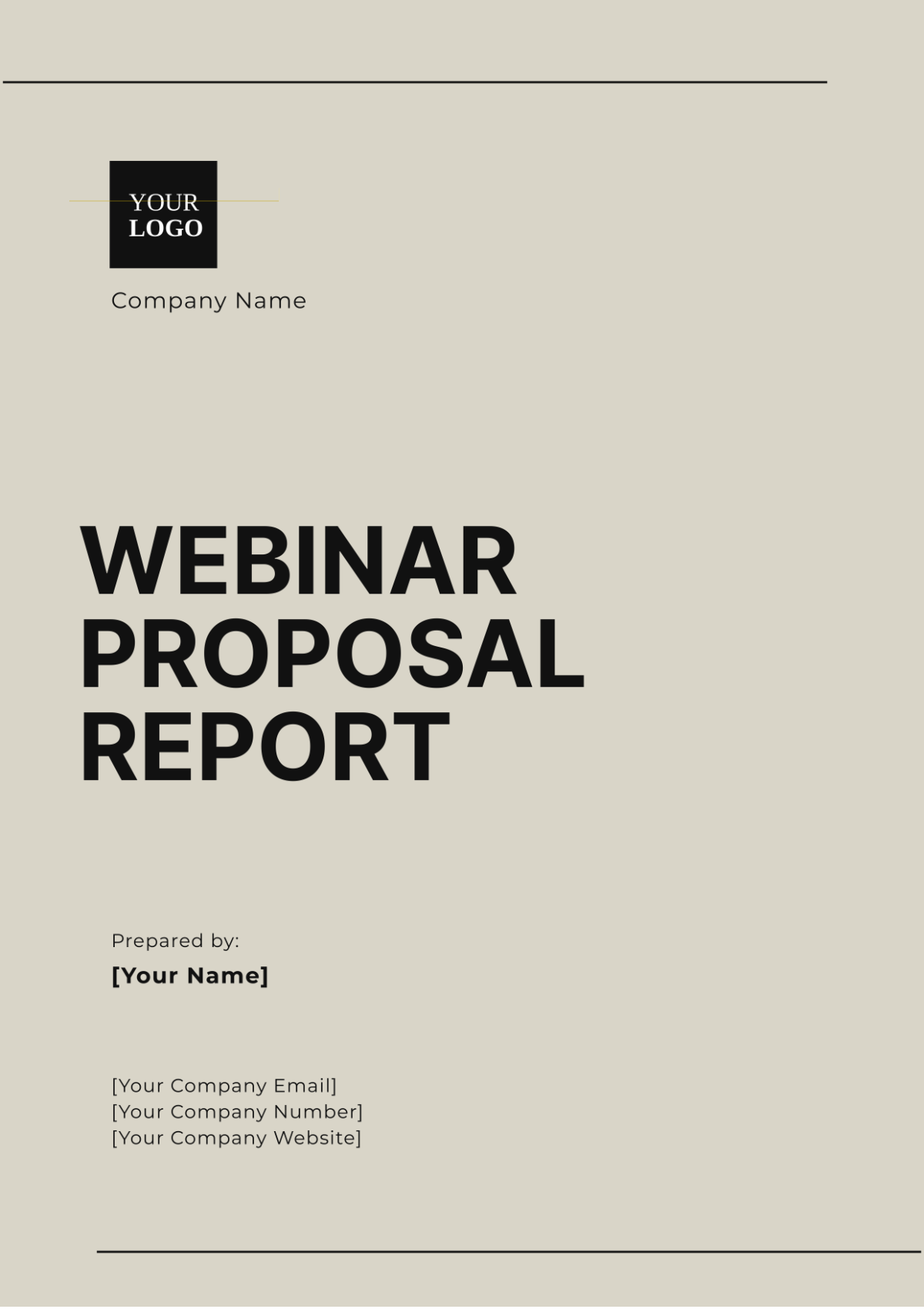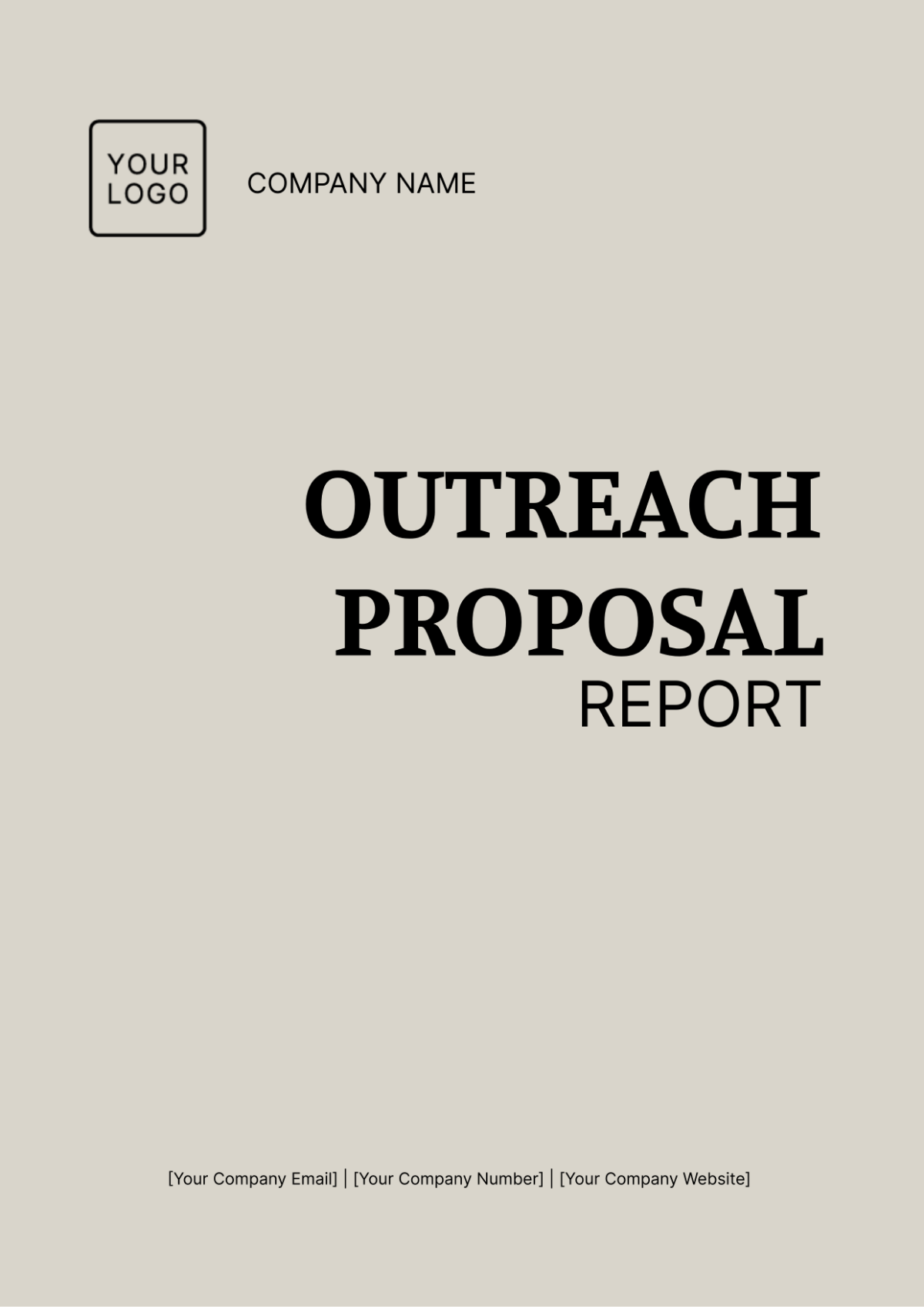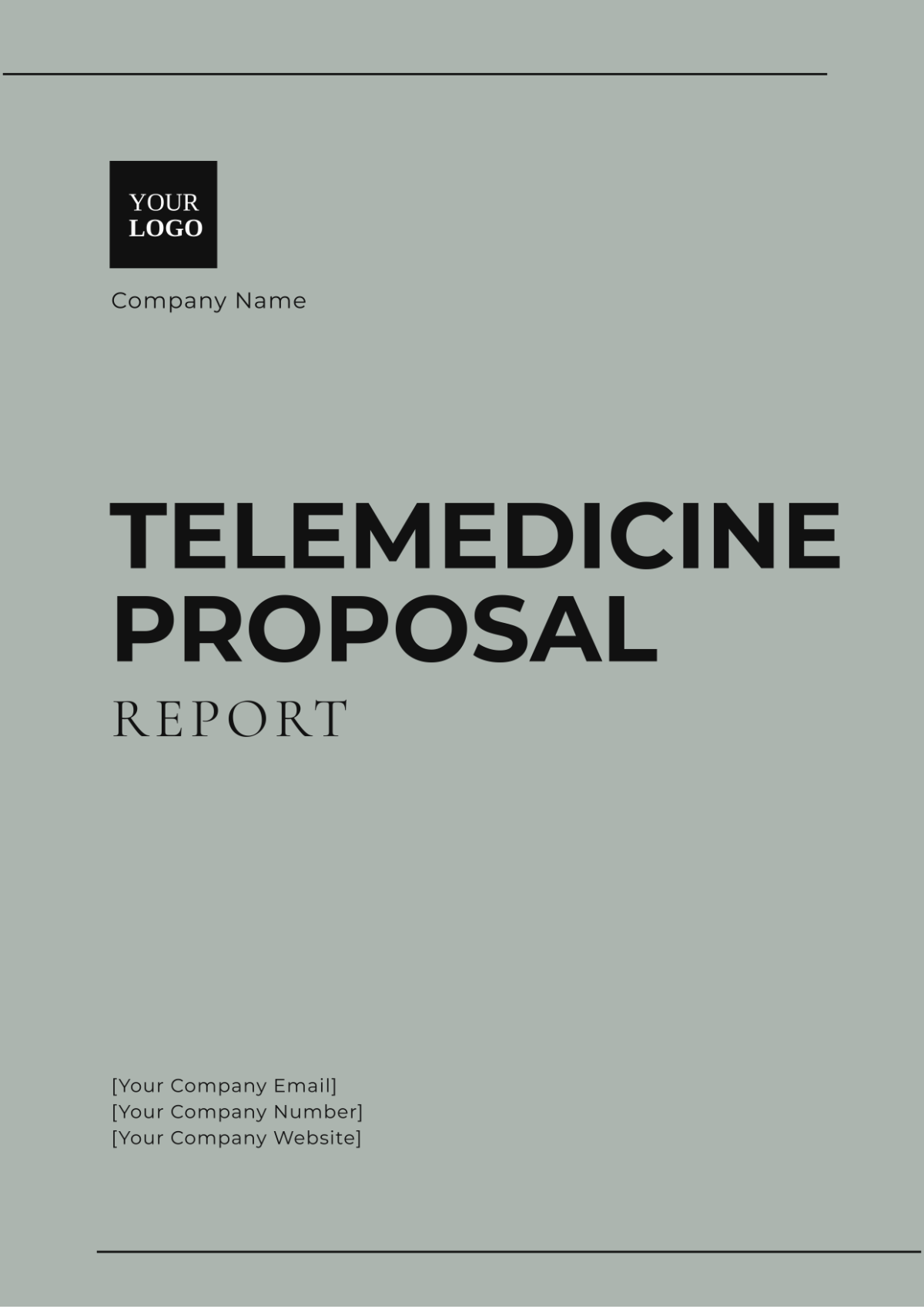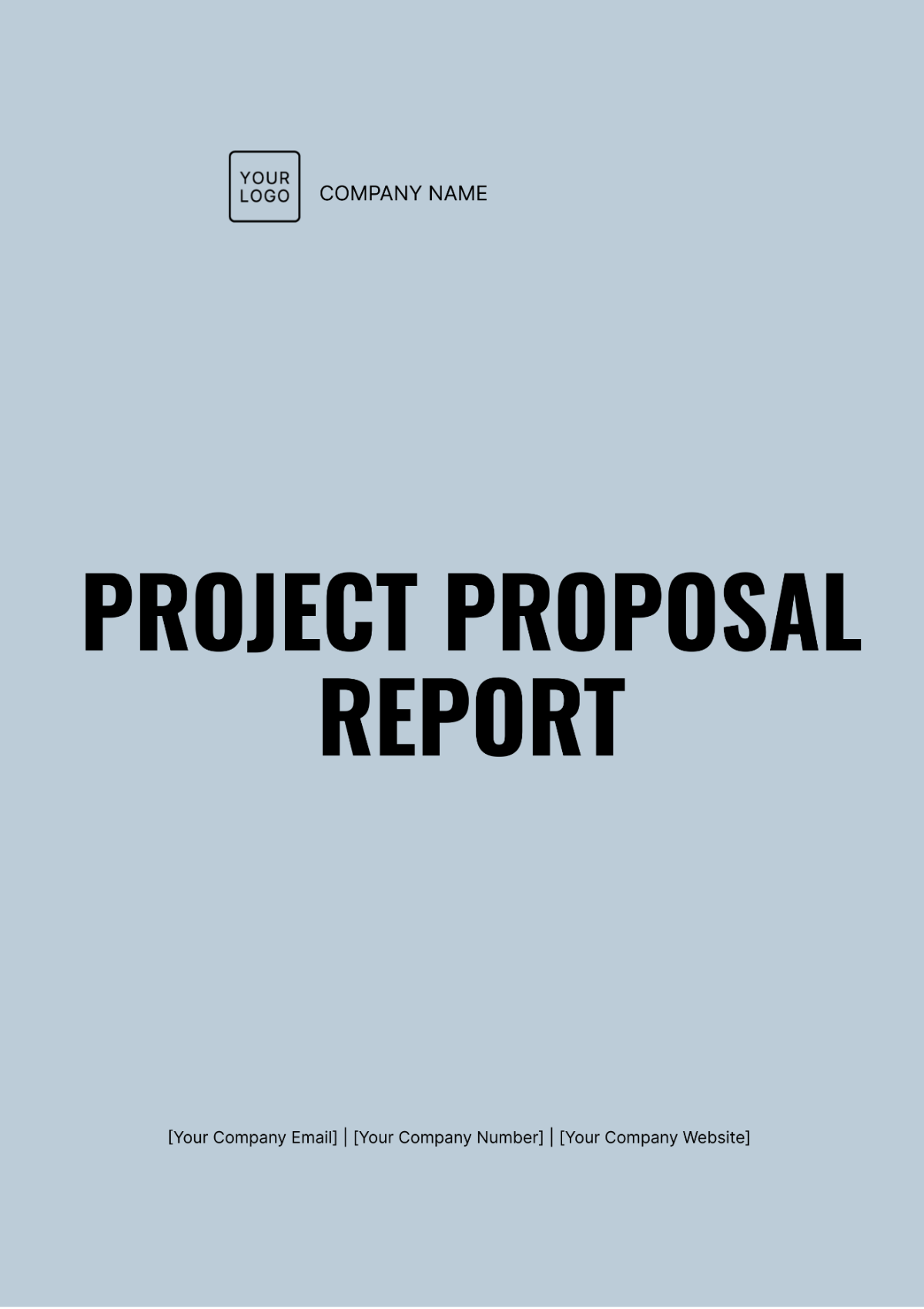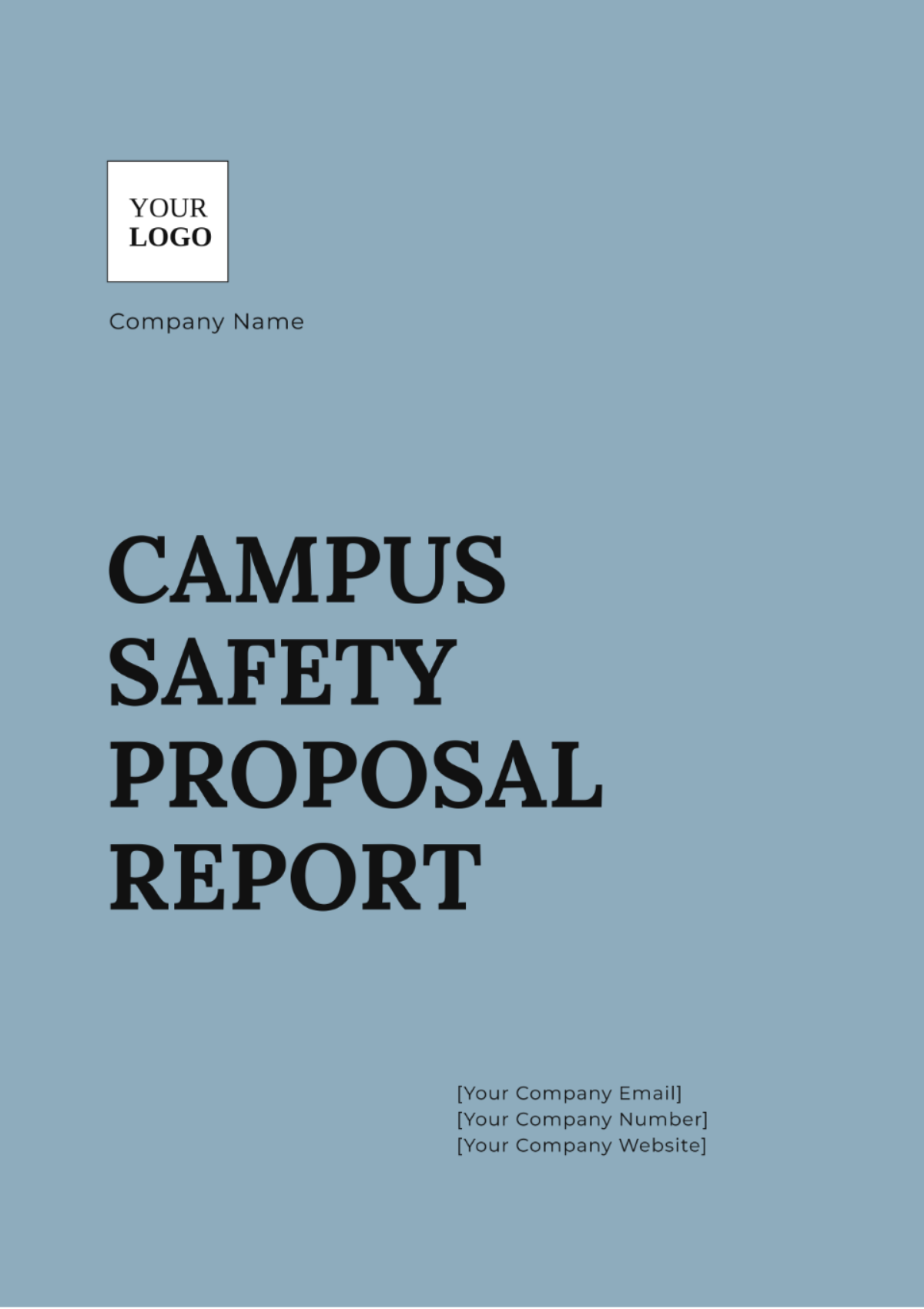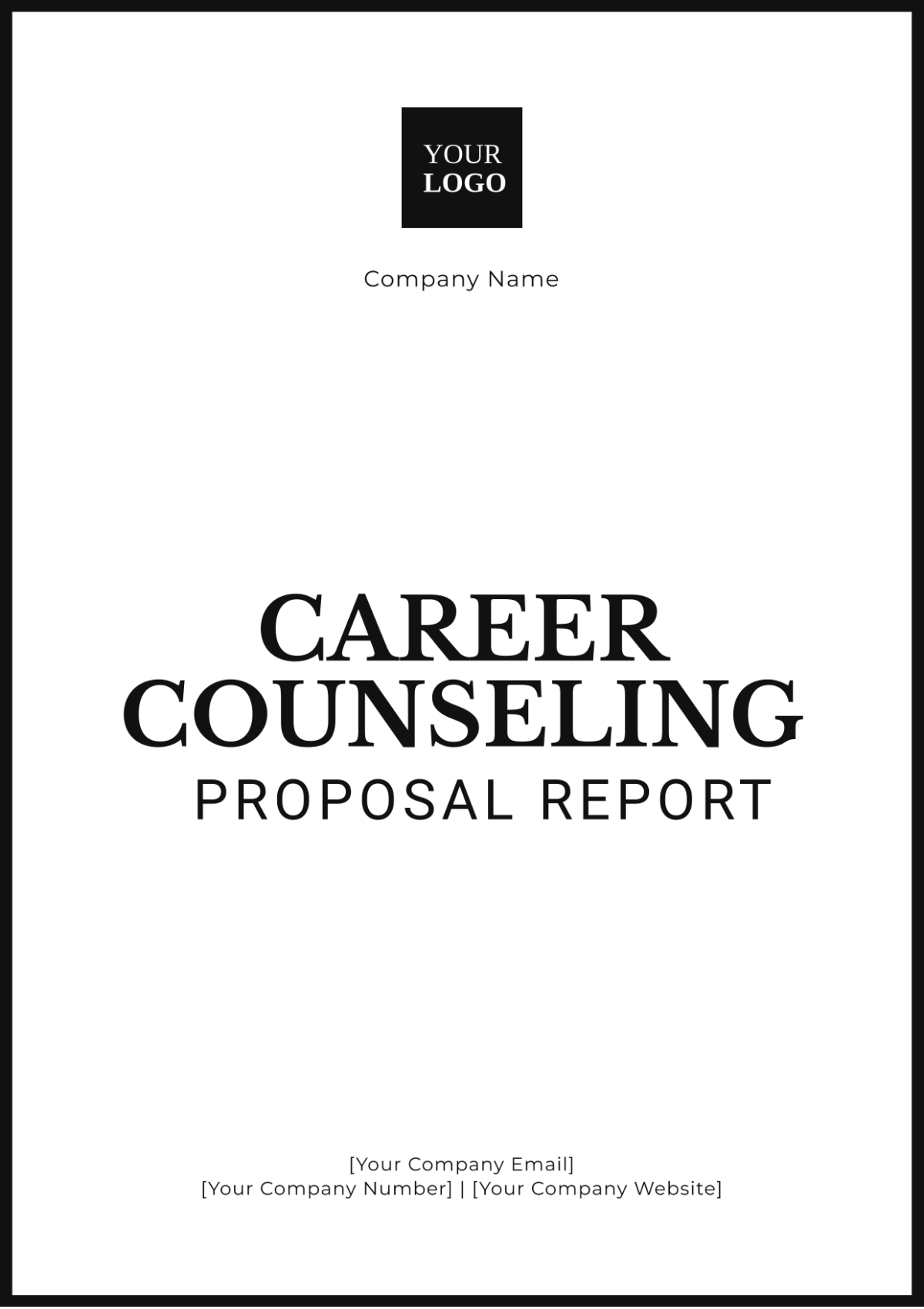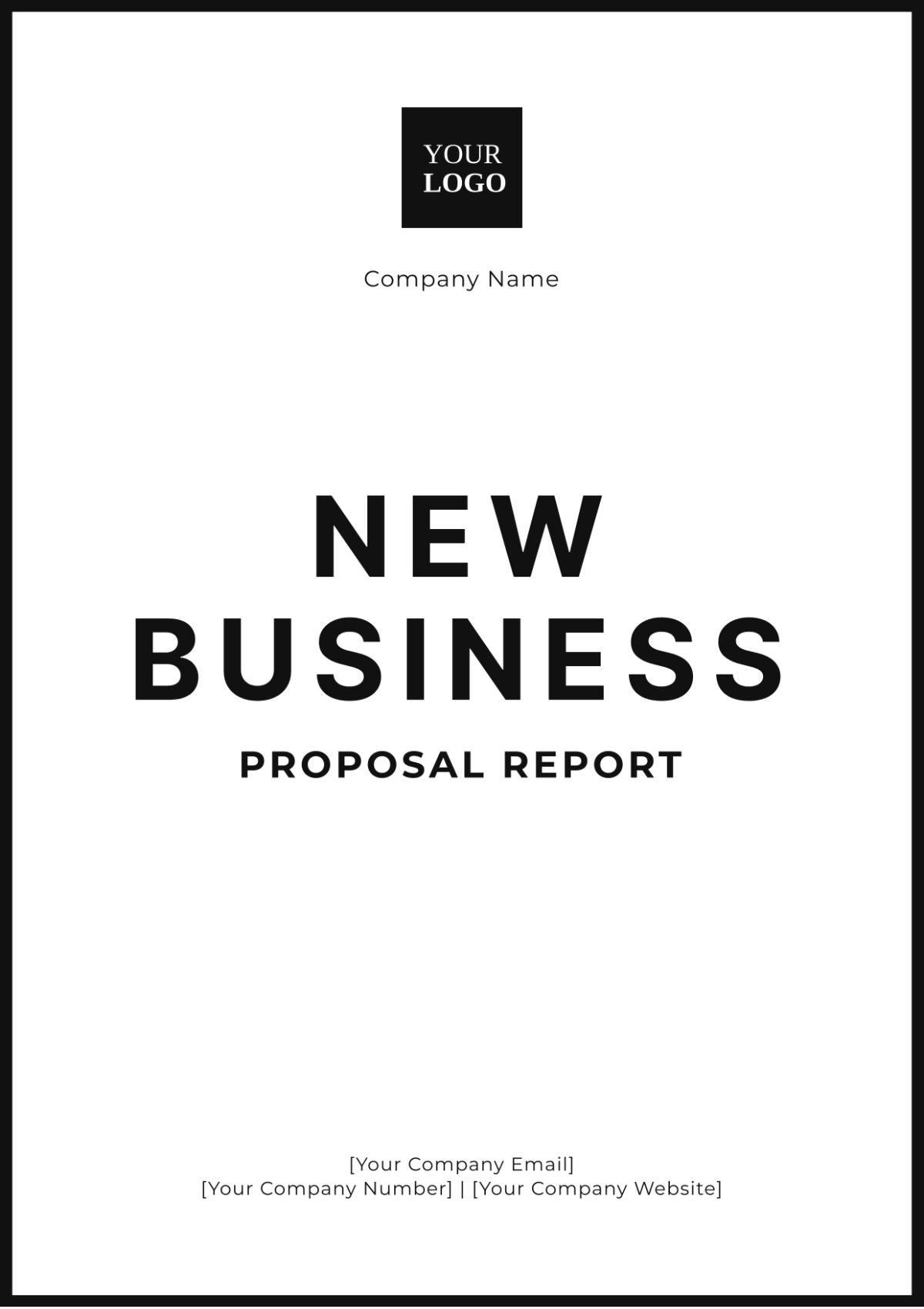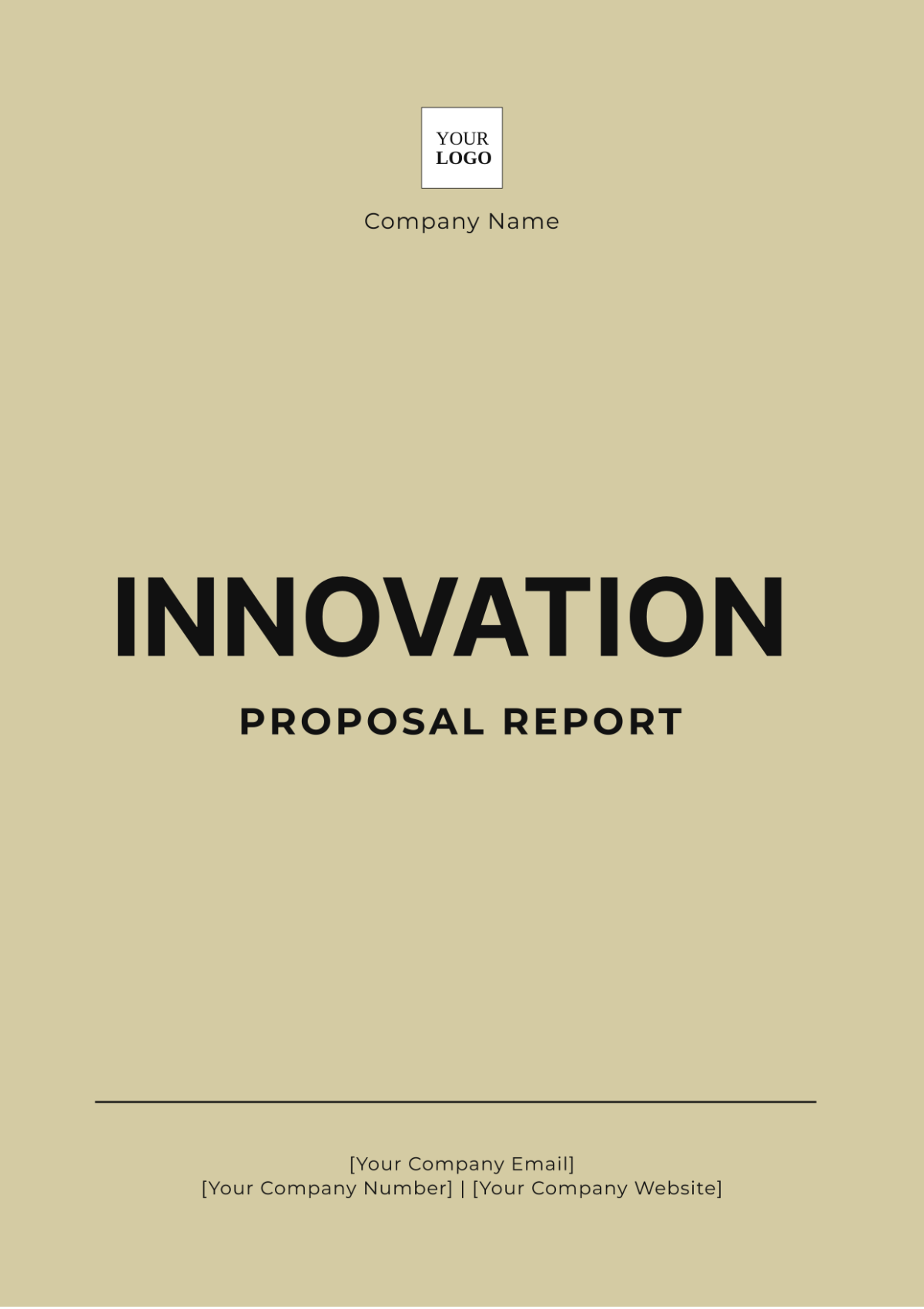Webinar Proposal Report
1. Executive Summary
The purpose of this report is to outline a proposal for hosting a webinar on "The Future of Quantum Computing" by [Your Company Name]. This webinar aims to address key advancements in quantum computing, provide actionable insights on its applications, and facilitate knowledge sharing among technology professionals. The following sections detail the objectives, content, target audience, and logistical considerations for the proposed webinar.
2. Objectives
2.1 Main Objectives
Educational Enrichment: Enhance understanding of quantum computing through expert presentations and discussions.
Professional Development: Provide actionable strategies and tools for participants to apply in their work.
Networking Opportunities: Foster connections between technology professionals and thought leaders in quantum computing.
Brand Positioning: Strengthen the organization’s position as a leader in emerging technologies.
2.2 Specific Goals
Goal | Description | Measurement Criteria |
|---|---|---|
Increase Awareness | Raise awareness about quantum computing among the target audience. | Number of registrations and attendees. |
Engage Participants | Facilitate meaningful interaction and engagement during the webinar. | Participant feedback and interaction levels. |
Provide Valuable Insights | Deliver high-quality, actionable content. | Participant satisfaction and content relevance ratings. |
Expand Network | Grow the professional network of attendees. | Number of new professional connections reported. |
3. Content Overview
3.1 Webinar Topics
Introduction to Quantum Computing
Overview and significance in modern technology.
Current trends and future outlook for quantum computing.
Key Challenges and Solutions
Common issues faced in quantum computing research and applications.
Best practices and innovative solutions.
Case Studies
Real-world examples and success stories in quantum computing.
Lessons learned and practical takeaways.
Interactive Q&A Session
Open forum for participant questions.
Expert responses and discussion.
3.2 Speakers and Presenters
Speaker Name | Title | Organization | Expertise |
|---|---|---|---|
Dr. Alice Johnson | Chief Quantum Scientist | QuantumTech Innovations | Quantum Algorithms and Cryptography |
Prof. Robert Lee | Director of Quantum Research | FutureComputing Labs | Quantum Hardware and Applications |
Ms. Emily Davis | Senior Data Scientist | QuantumData Solutions | Quantum Data Analysis and Visualization |
4. Target Audience
4.1 Audience Profile
Industry Professionals: Individuals working in quantum computing, data science, and related fields.
Academics and Researchers: Those involved in quantum computing research and academic studies.
Students and Trainees: Individuals pursuing education or training in quantum computing and emerging technologies.
Decision Makers: Executives and managers looking to understand the strategic implications of quantum computing.
4.2 Expected Number of Attendees
Total Attendees: 500
Breakdown:
Industry Professionals: 200
Academics and Researchers: 150
Students and Trainees: 100
Decision Makers: 50
5. Logistical Considerations
5.1 Date and Time
Proposed Date: June 15, 2050
Time: 10:00 AM to 12:30 PM
Time Zone: Eastern Standard Time (EST)
5.2 Platform and Technology
Webinar Platform: Zoom
Technical Requirements:
Internet Connection: High-speed internet for presenters and participants.
Software: Zoom client installed and tested before the event.
Hardware: Quality microphones, cameras, and presentation equipment.
5.3 Promotion and Marketing
Promotion Channels:
Email Campaigns: Targeted emails to industry contacts and mailing lists.
Social Media: Announcements and updates on LinkedIn, Twitter, and industry-specific platforms.
Industry Forums: Posts and ads in relevant quantum computing forums and communities.
Marketing Materials:
Flyers and Posters: Digital and printable versions to be distributed through email and social media.
Web Banners: For use on partner websites and industry portals.
6. Budget and Resources
6.1 Budget Breakdown
Item | Cost Estimate ($) |
|---|---|
Webinar Platform | 1,000 |
Marketing and Promotion | 2,000 |
Speaker Fees | 5,000 |
Technical Support | 1,500 |
Miscellaneous Expenses | 500 |
6.2 Resource Allocation
Project Manager: Jane Smith
Marketing Team: John Doe, Sarah Brown
Technical Support: Mike Wilson, Lisa White
Content Creation: Emily Davis, Robert Lee
7. Evaluation and Feedback
7.1 Evaluation Metrics
Participant Feedback: Surveys and feedback forms to assess satisfaction and areas for improvement.
Engagement Levels: Analysis of participant interaction during the webinar.
Follow-Up Actions: Tracking follow-up actions and connections made post-webinar.
7.2 Feedback Collection
Survey Tools: Online survey tools such as SurveyMonkey or Google Forms for post-event feedback.
Follow-Up Emails: Personalized emails requesting feedback from attendees to be sent out one week after the webinar.
8. Conclusion
The proposed webinar on "The Future of Quantum Computing" aims to deliver valuable insights and foster professional development within the technology sector. By addressing key challenges, providing expert perspectives, and facilitating networking, this event is poised to offer significant benefits to its target audience. The outlined plan covers all essential aspects, including content, logistics, and evaluation, ensuring a successful and impactful webinar.
